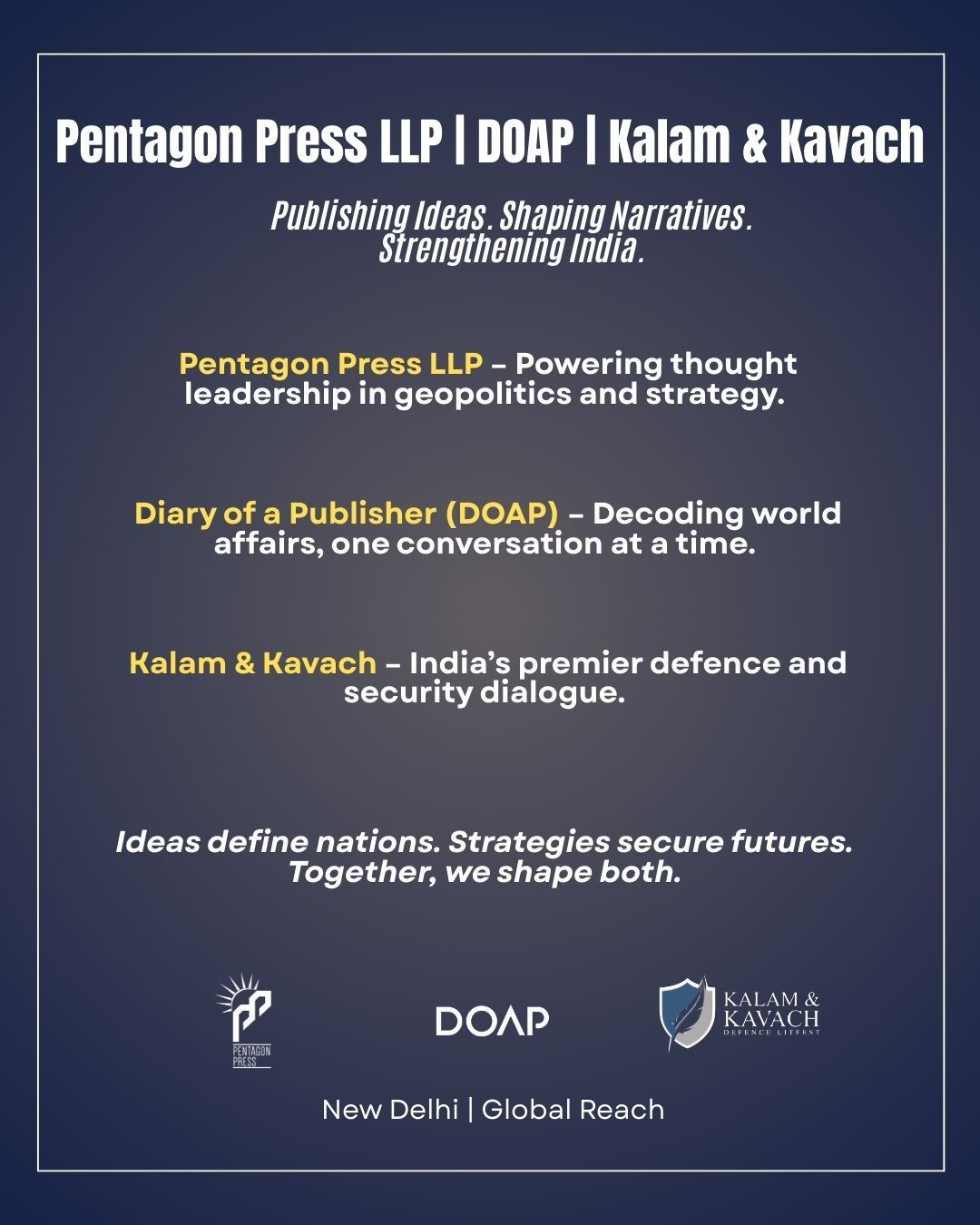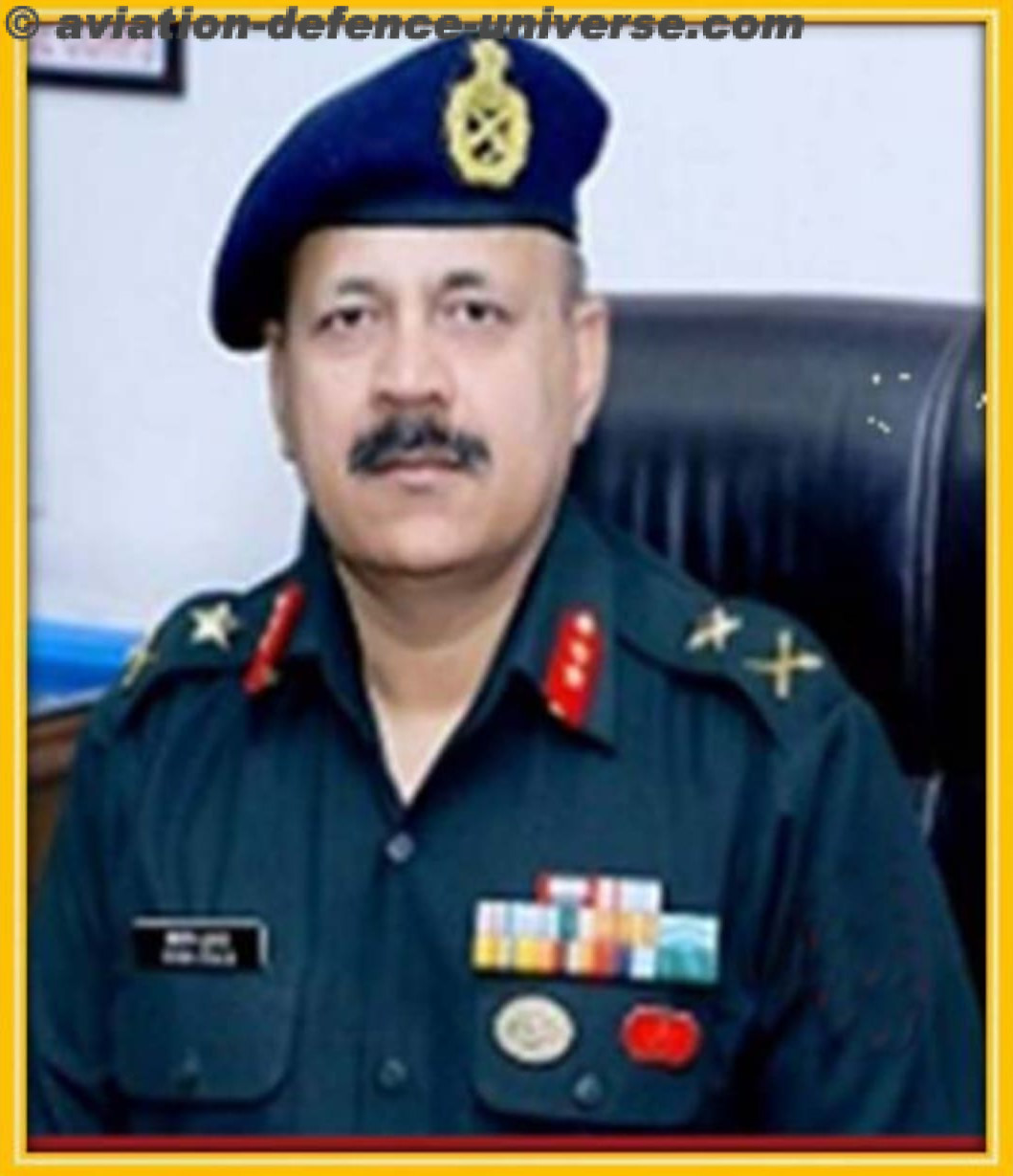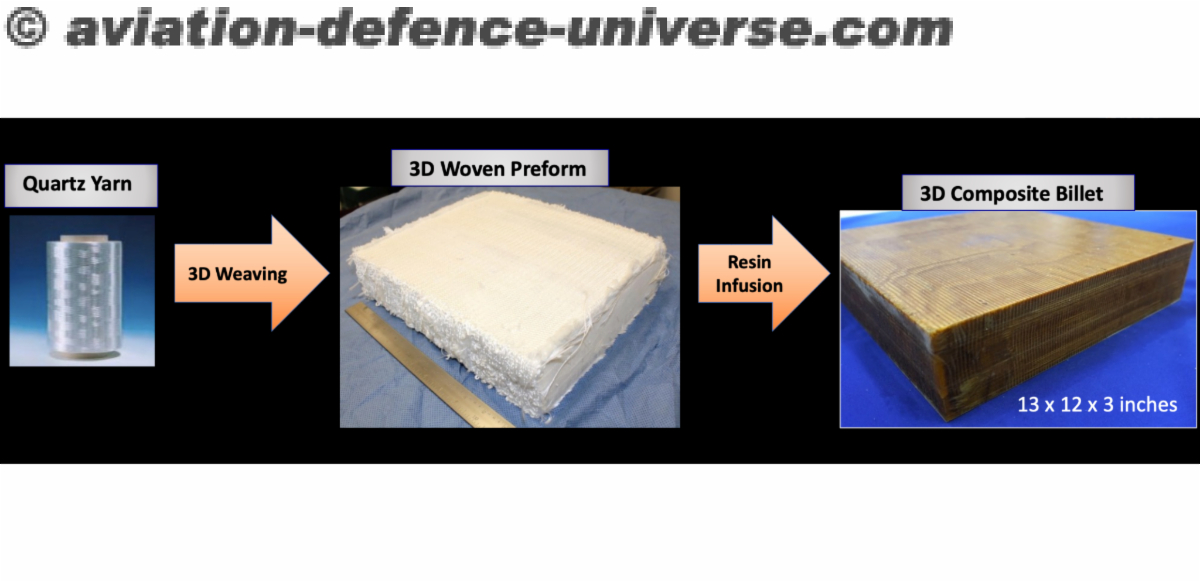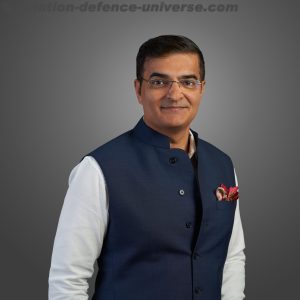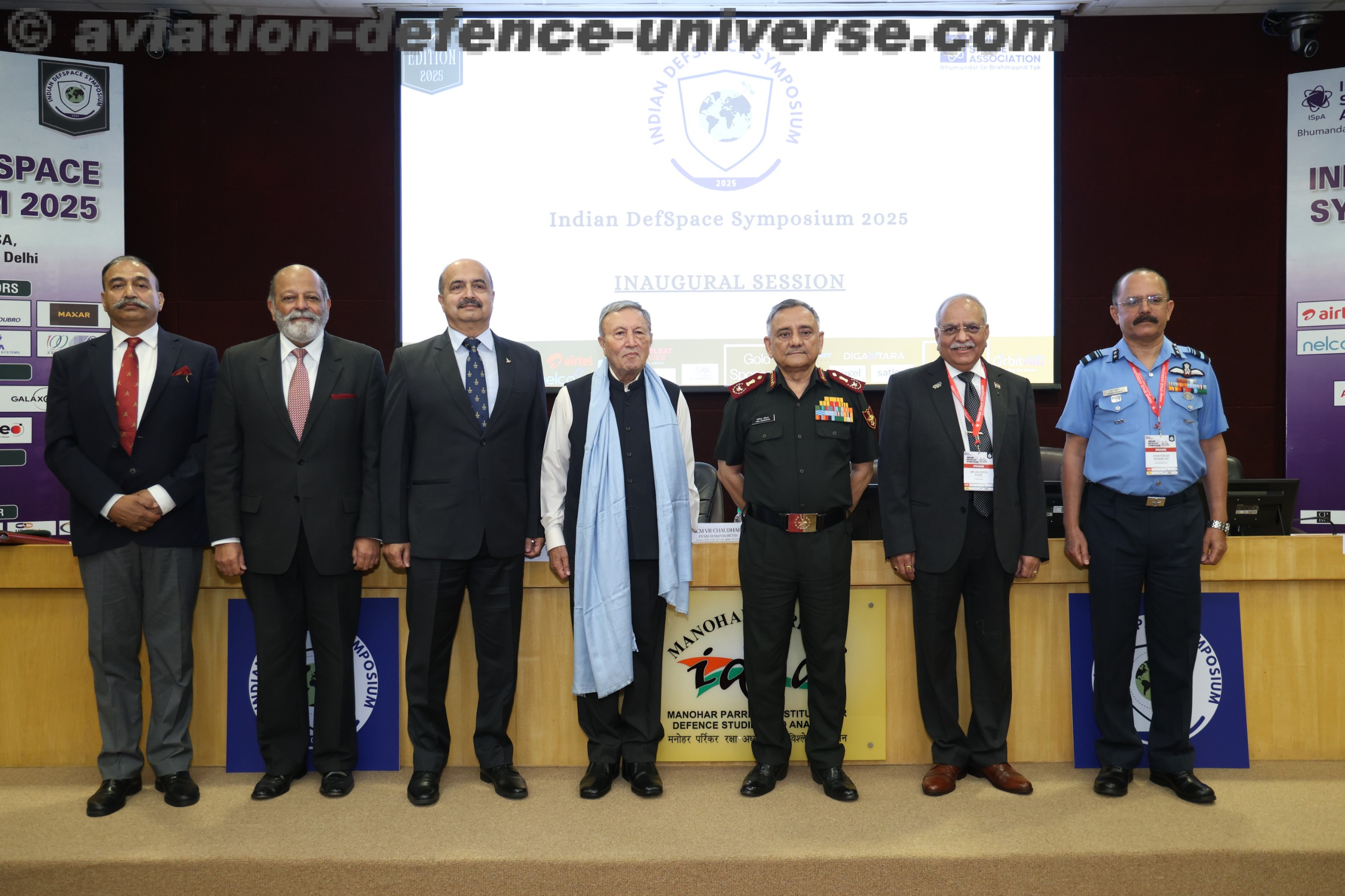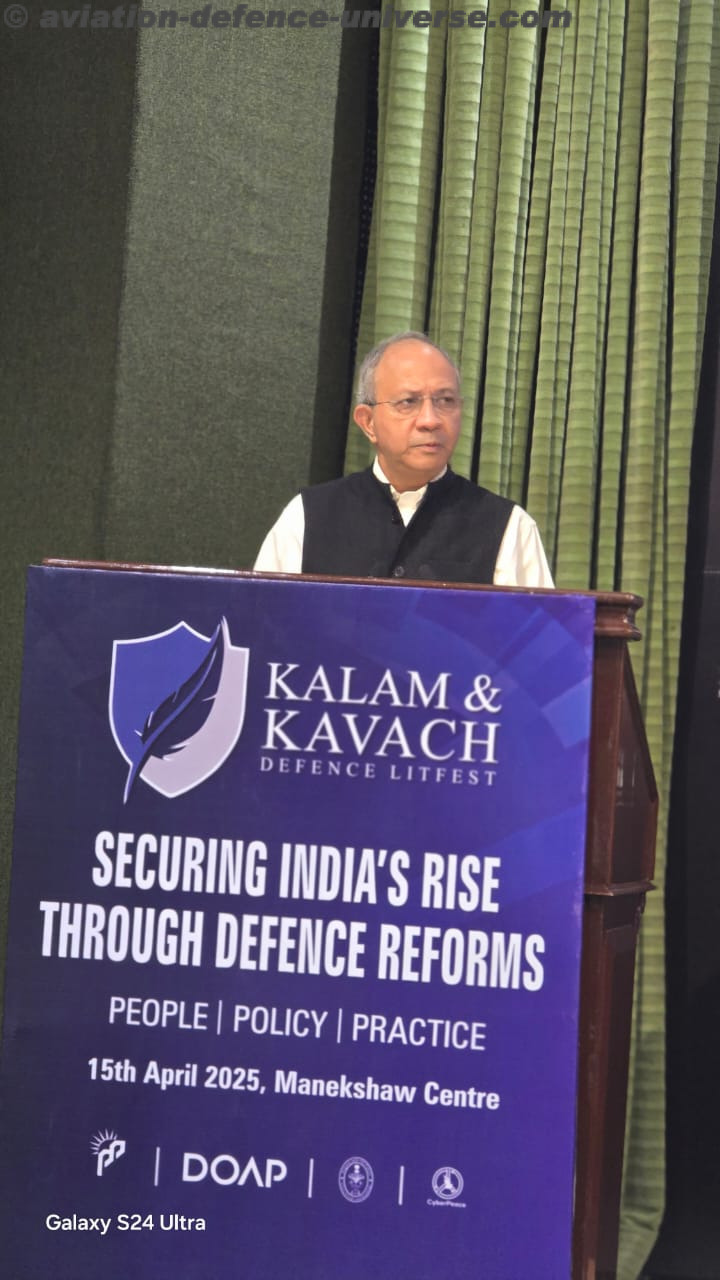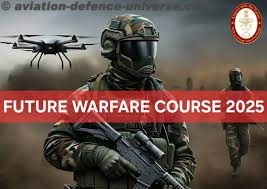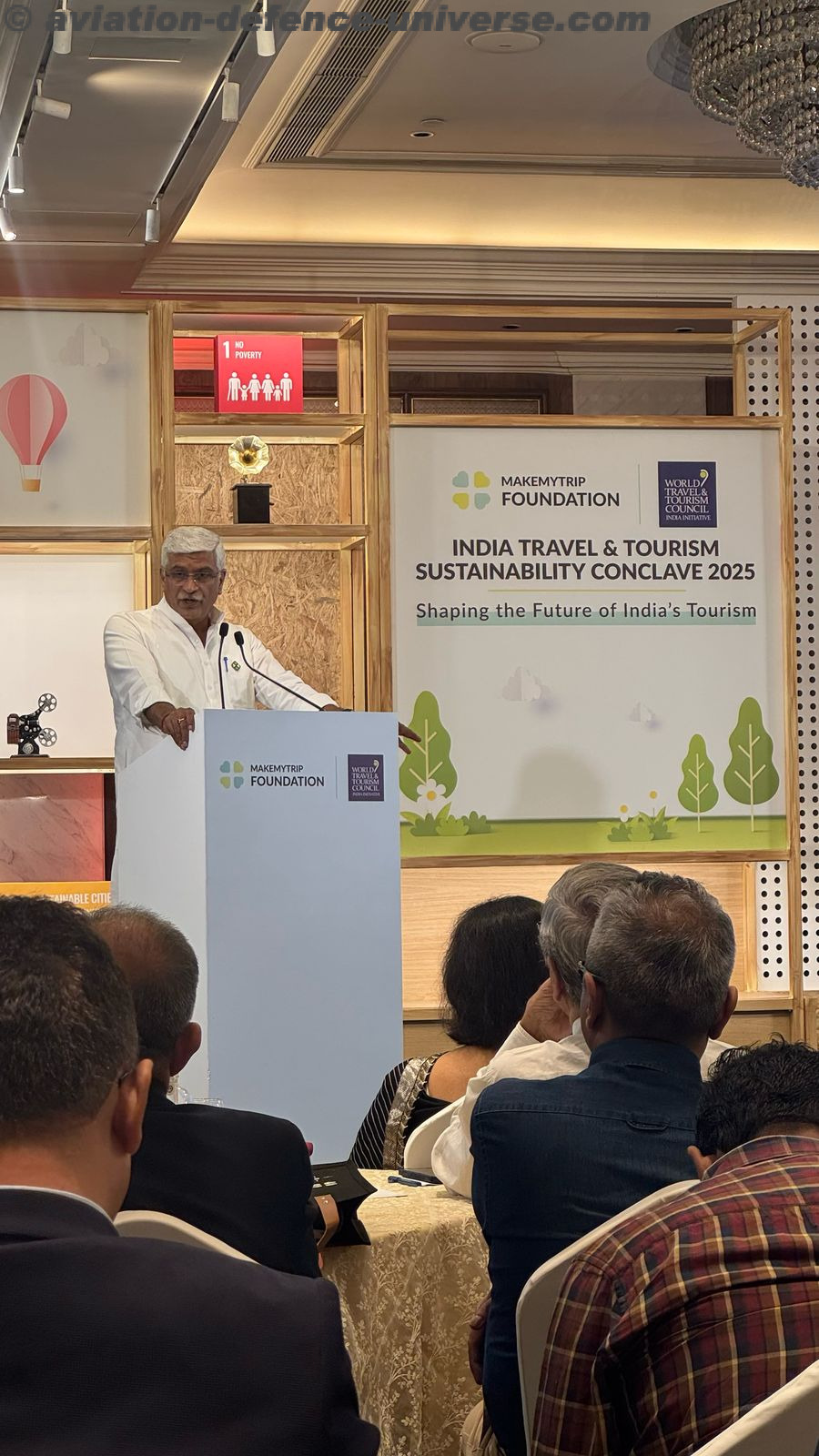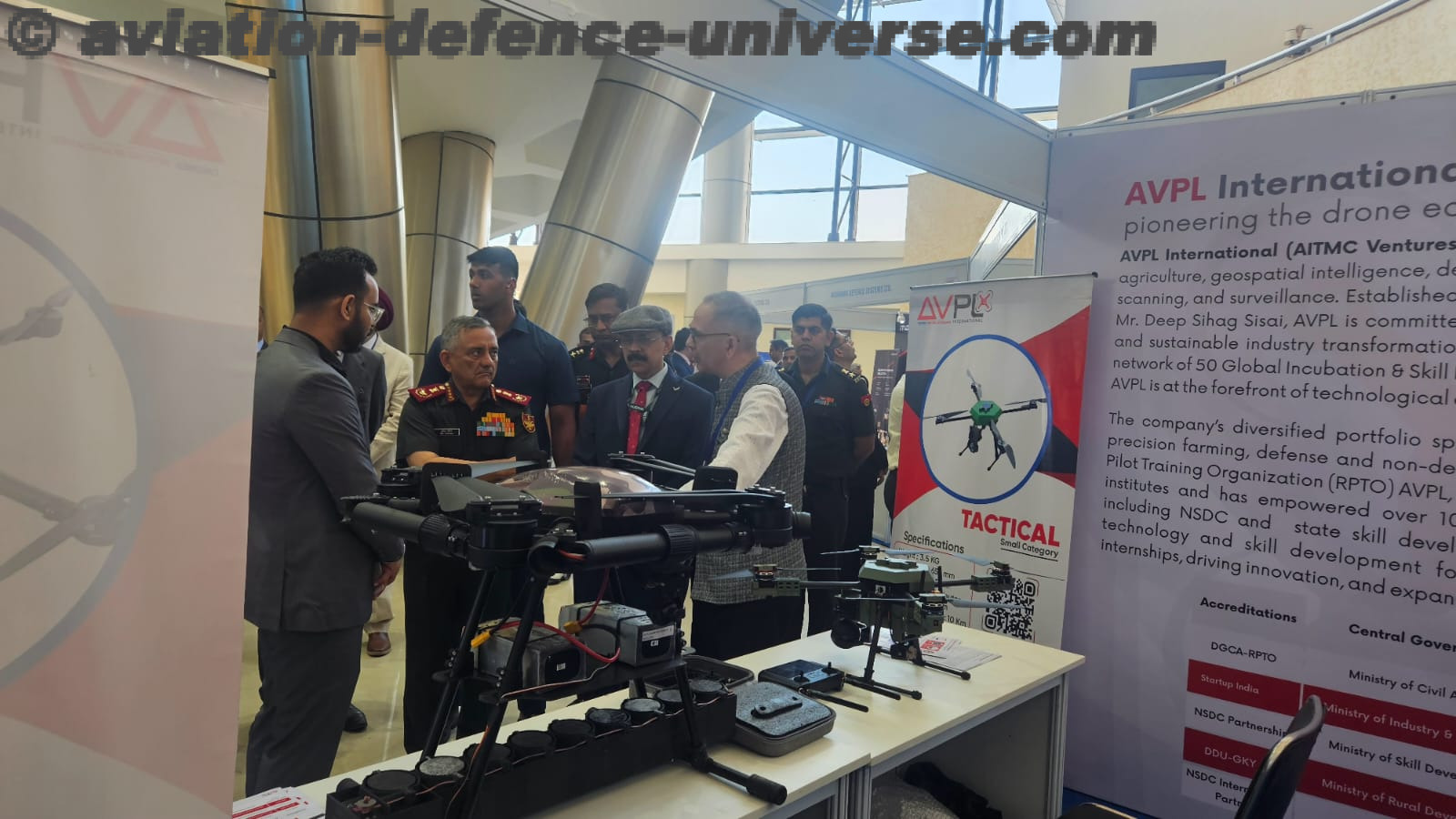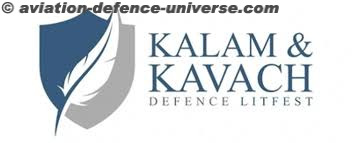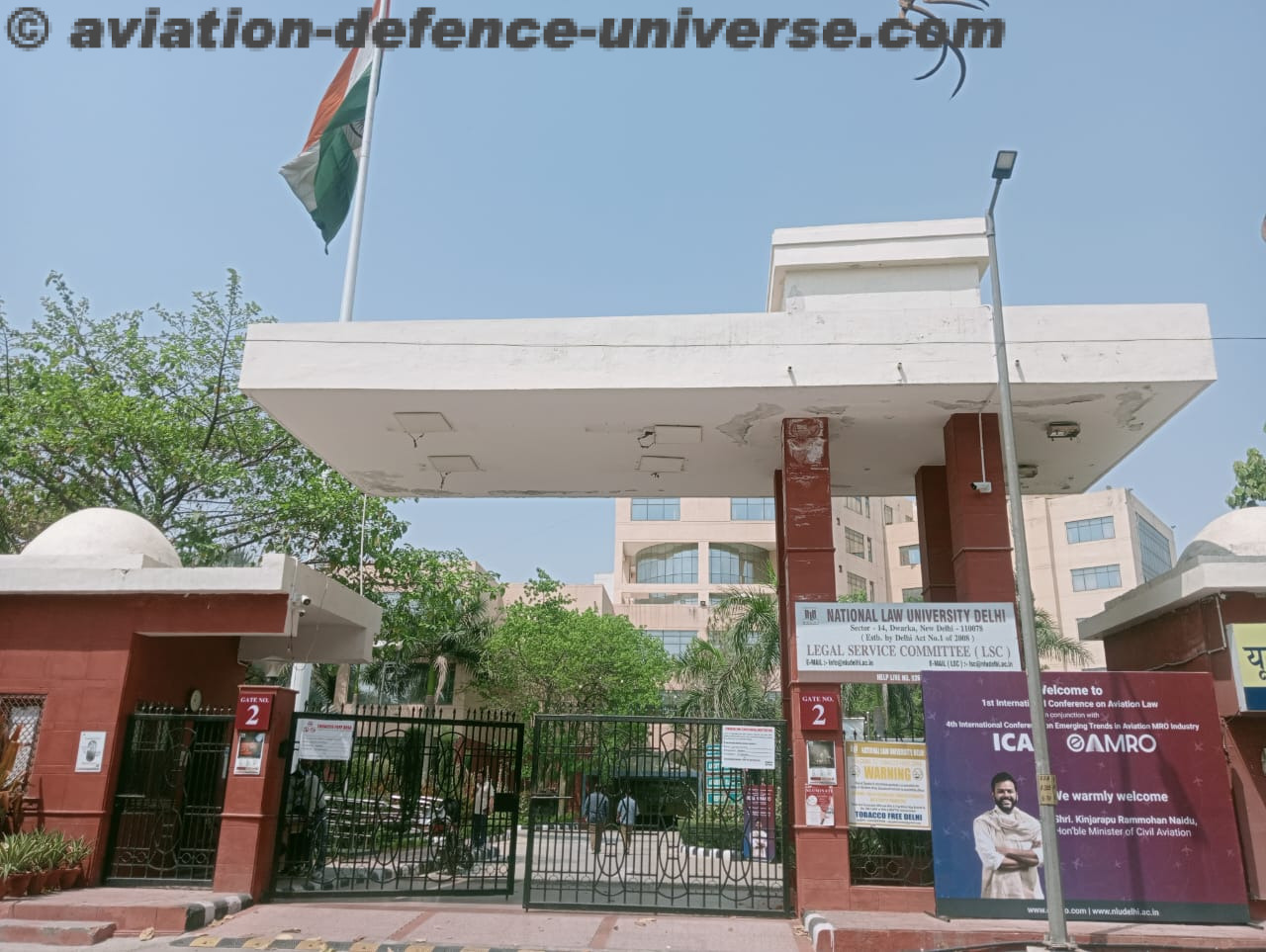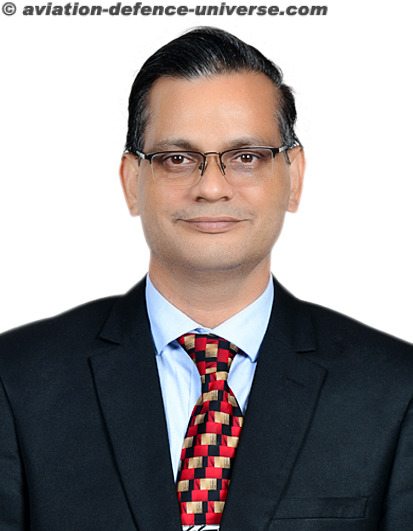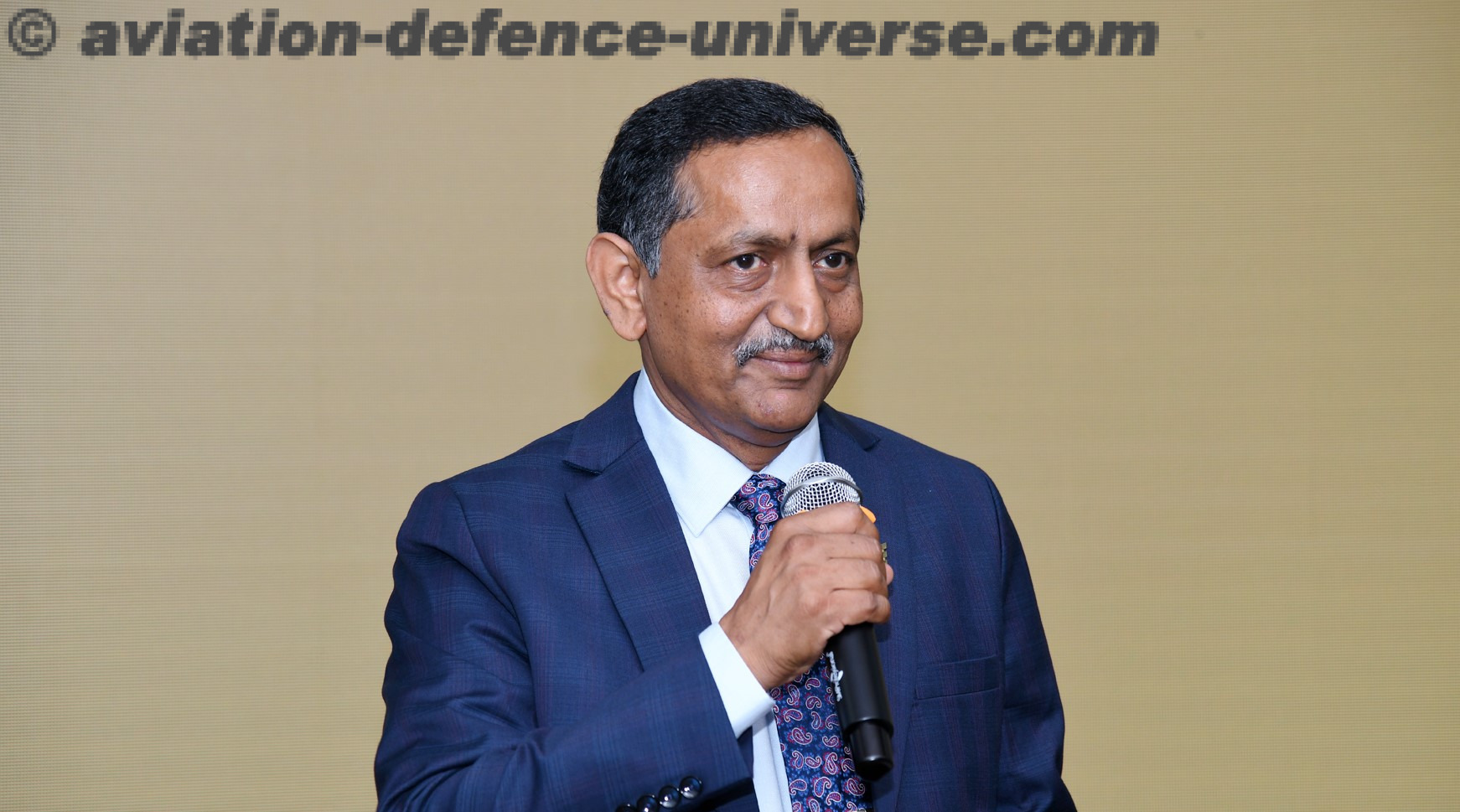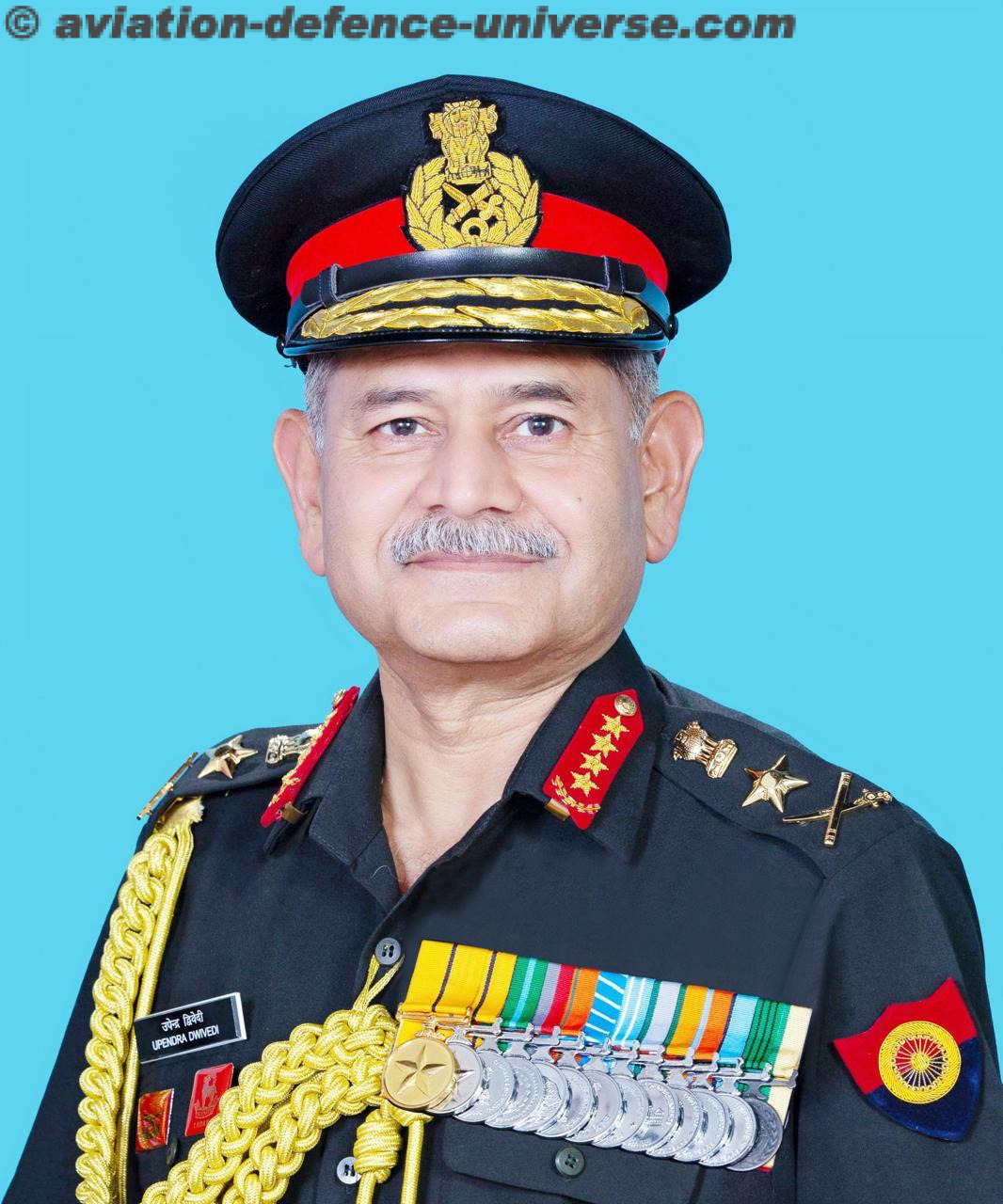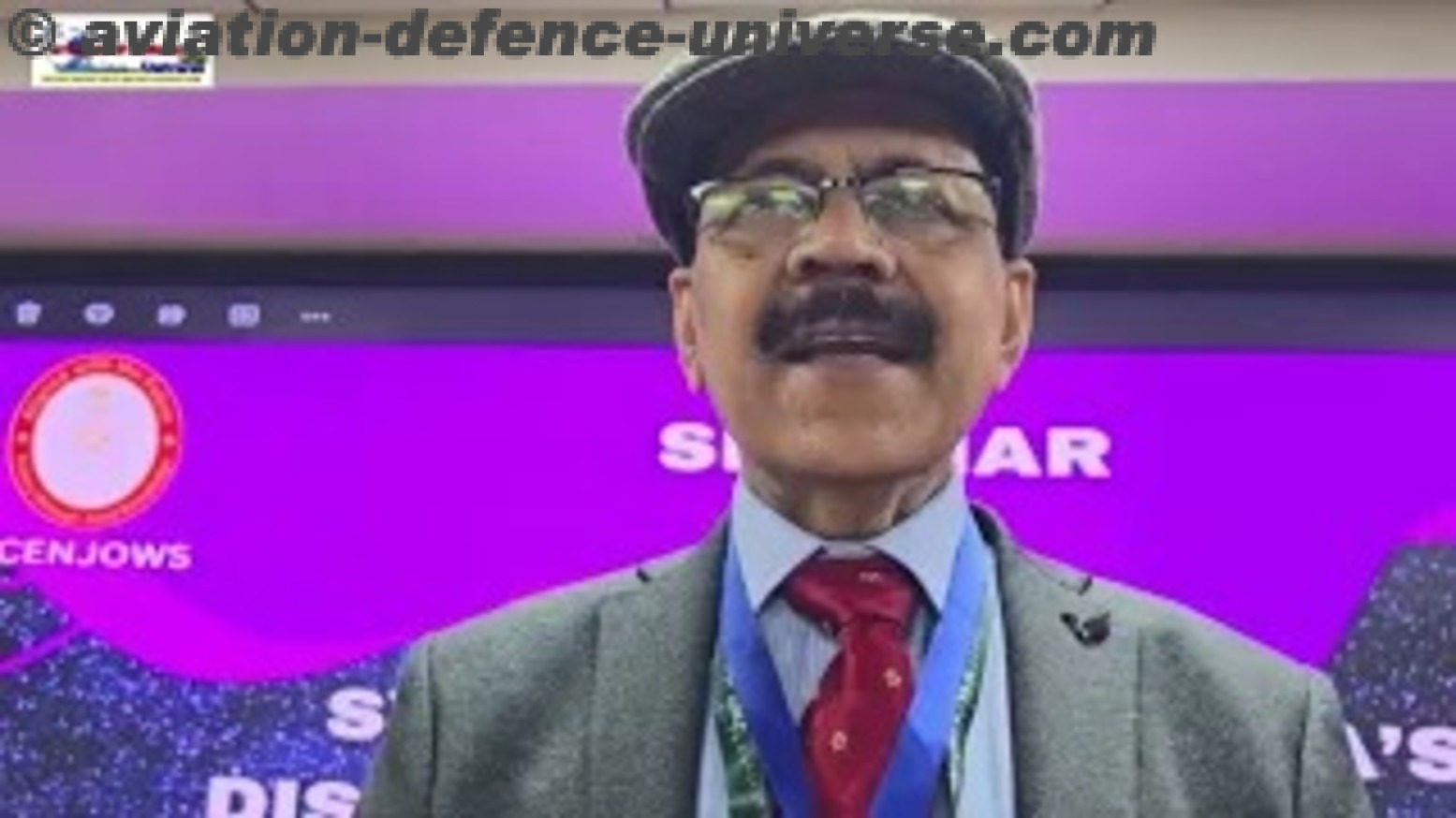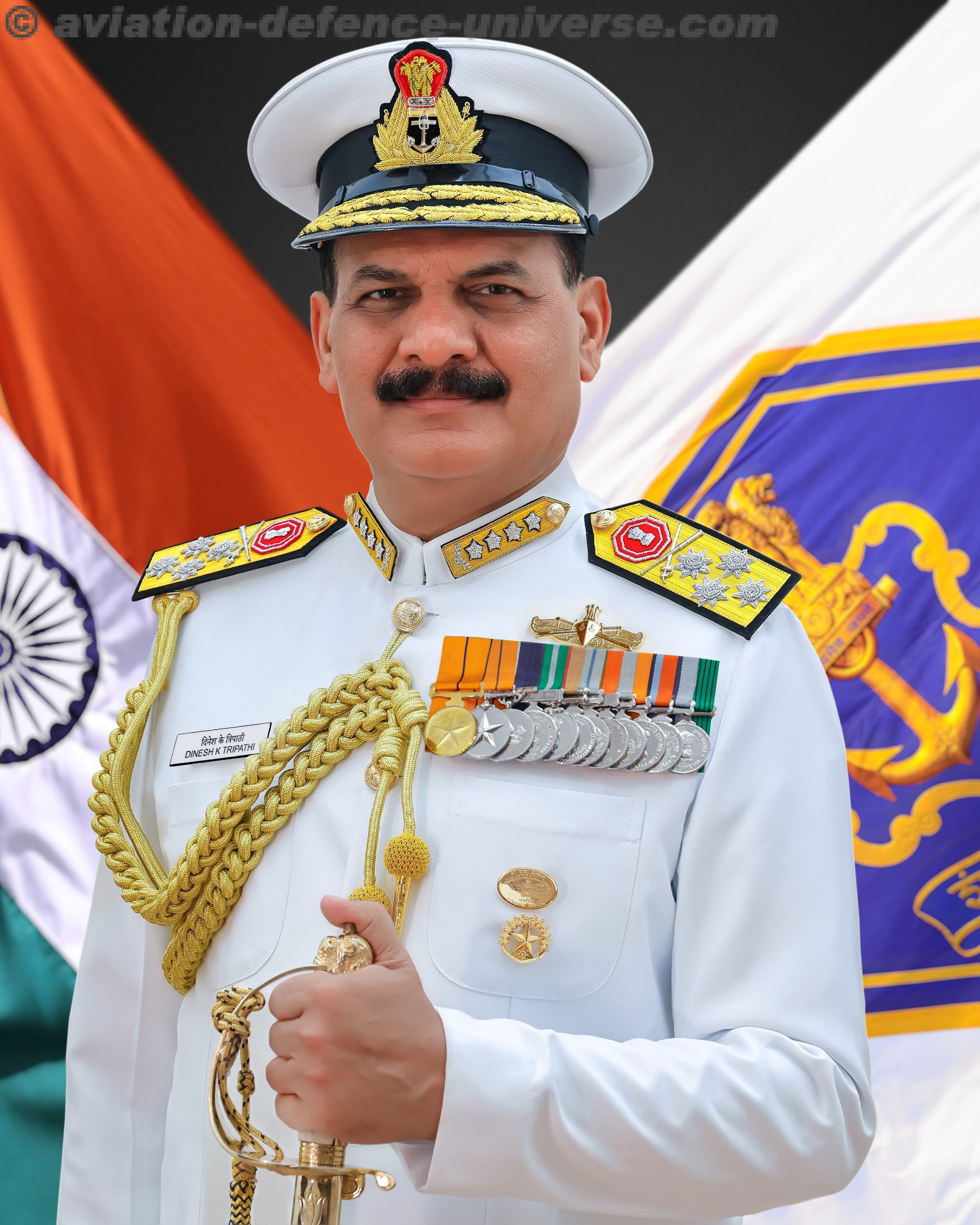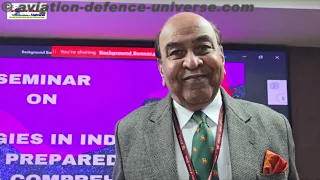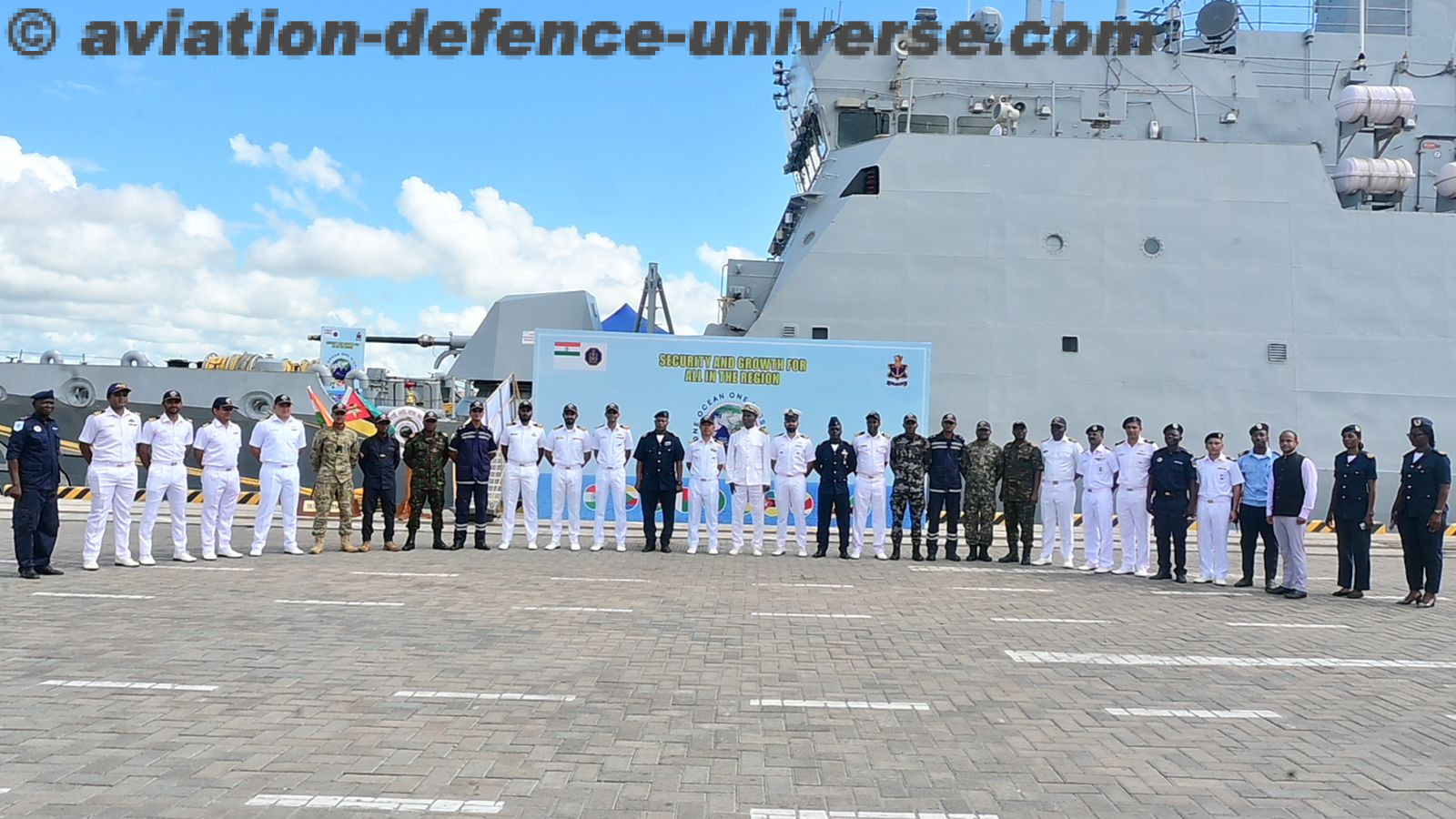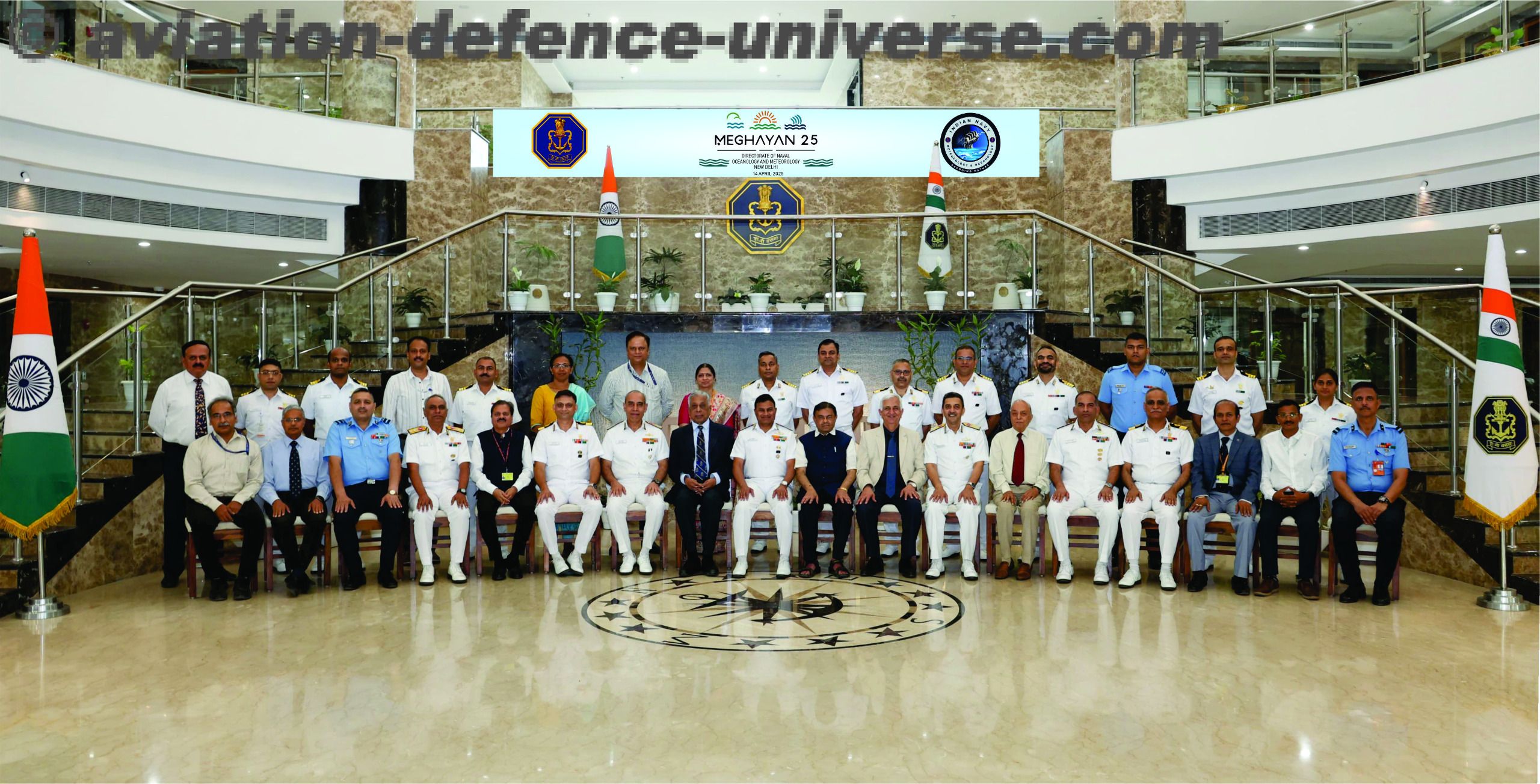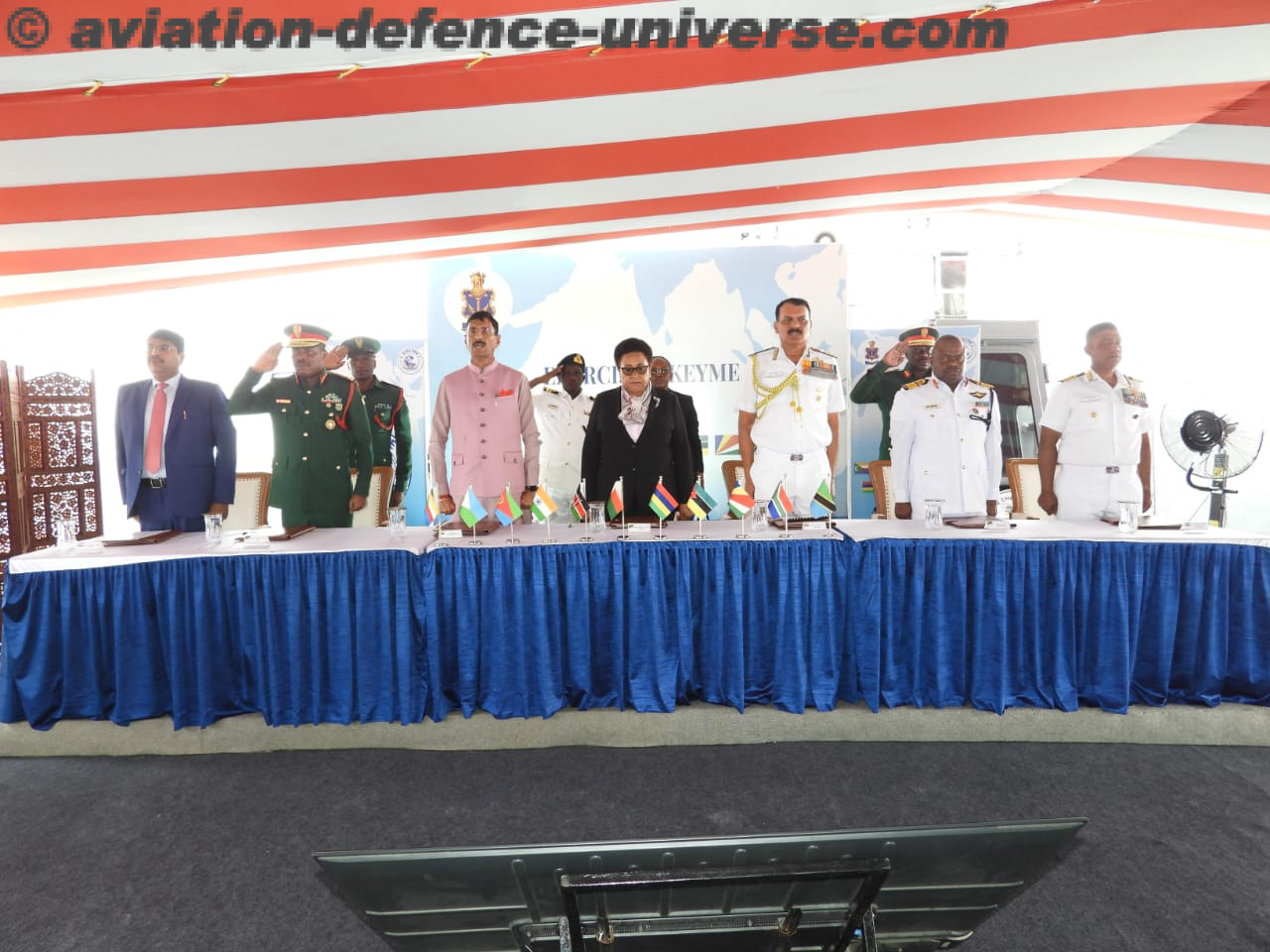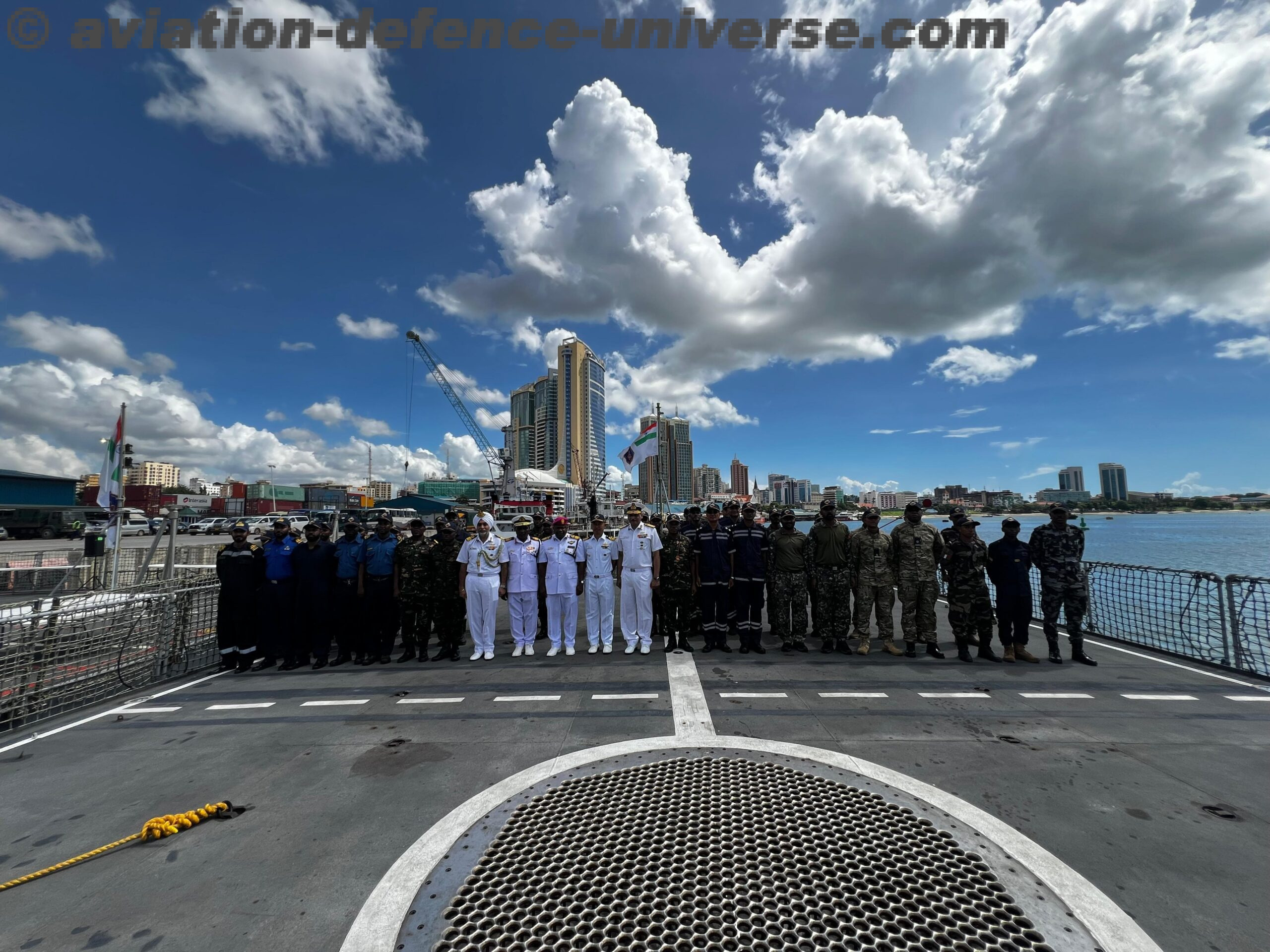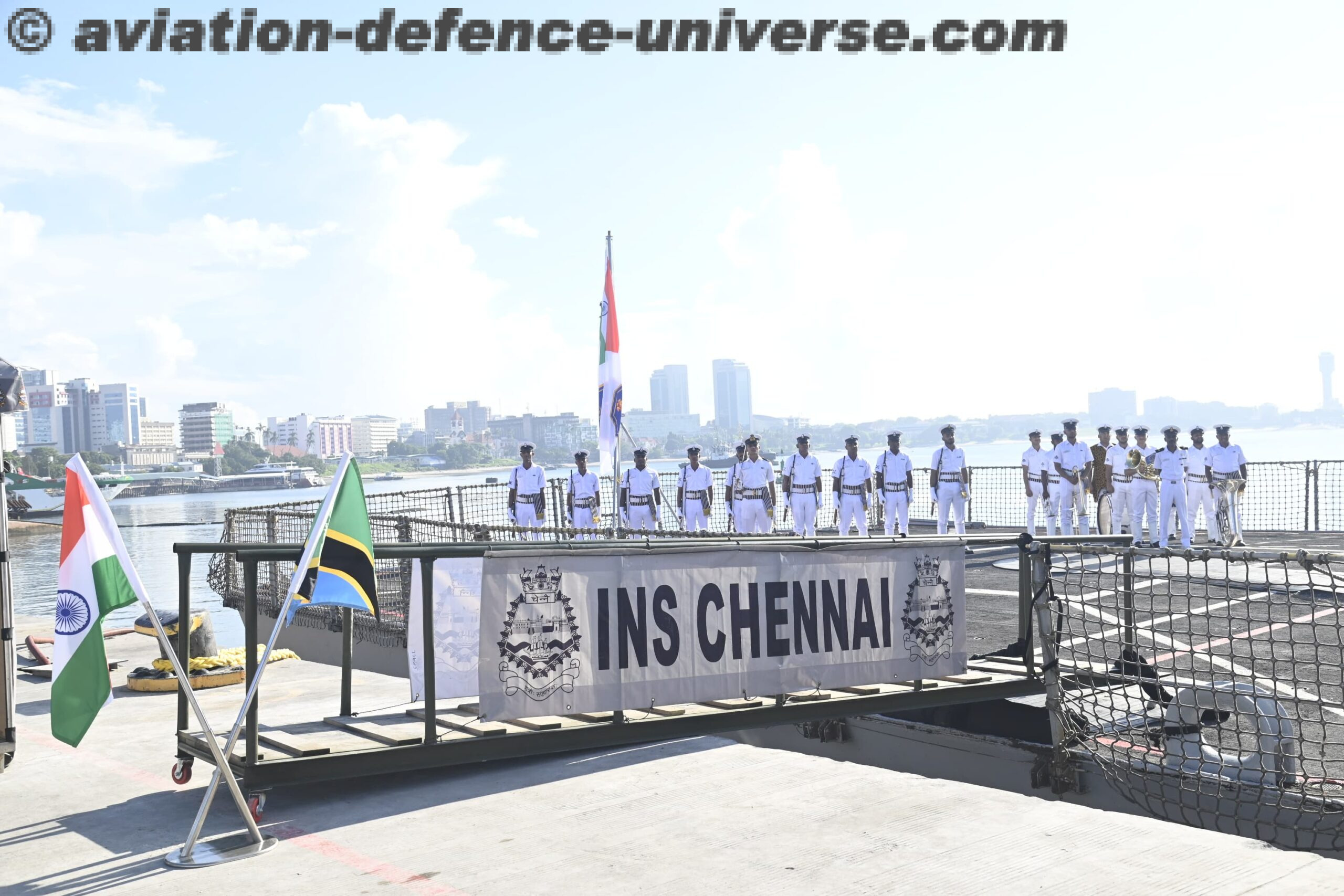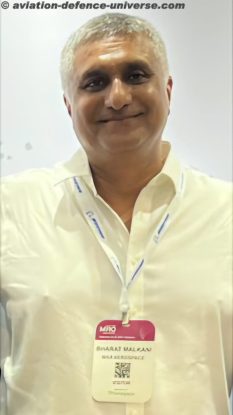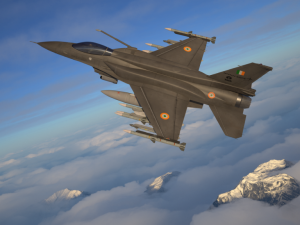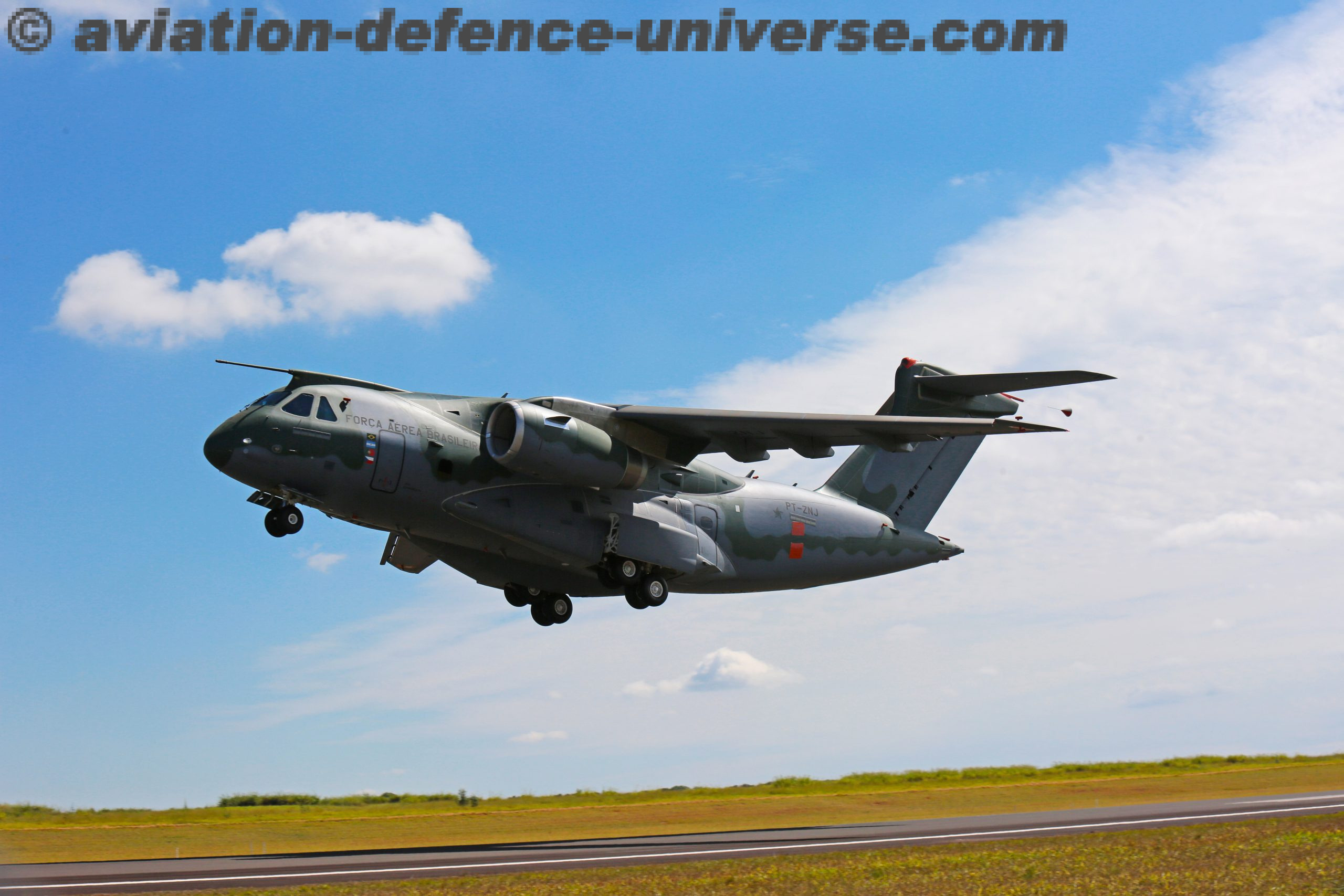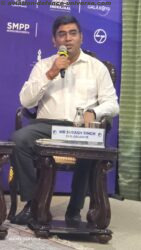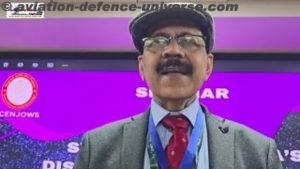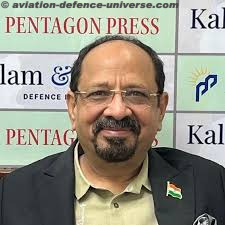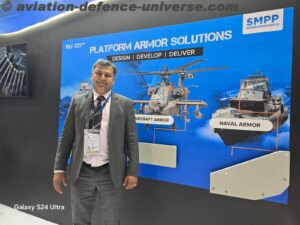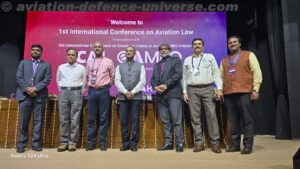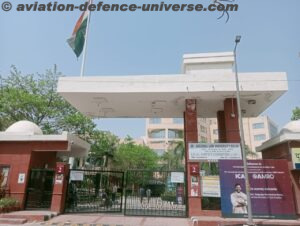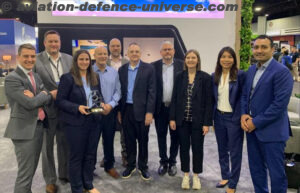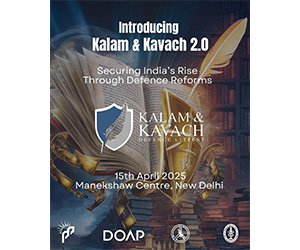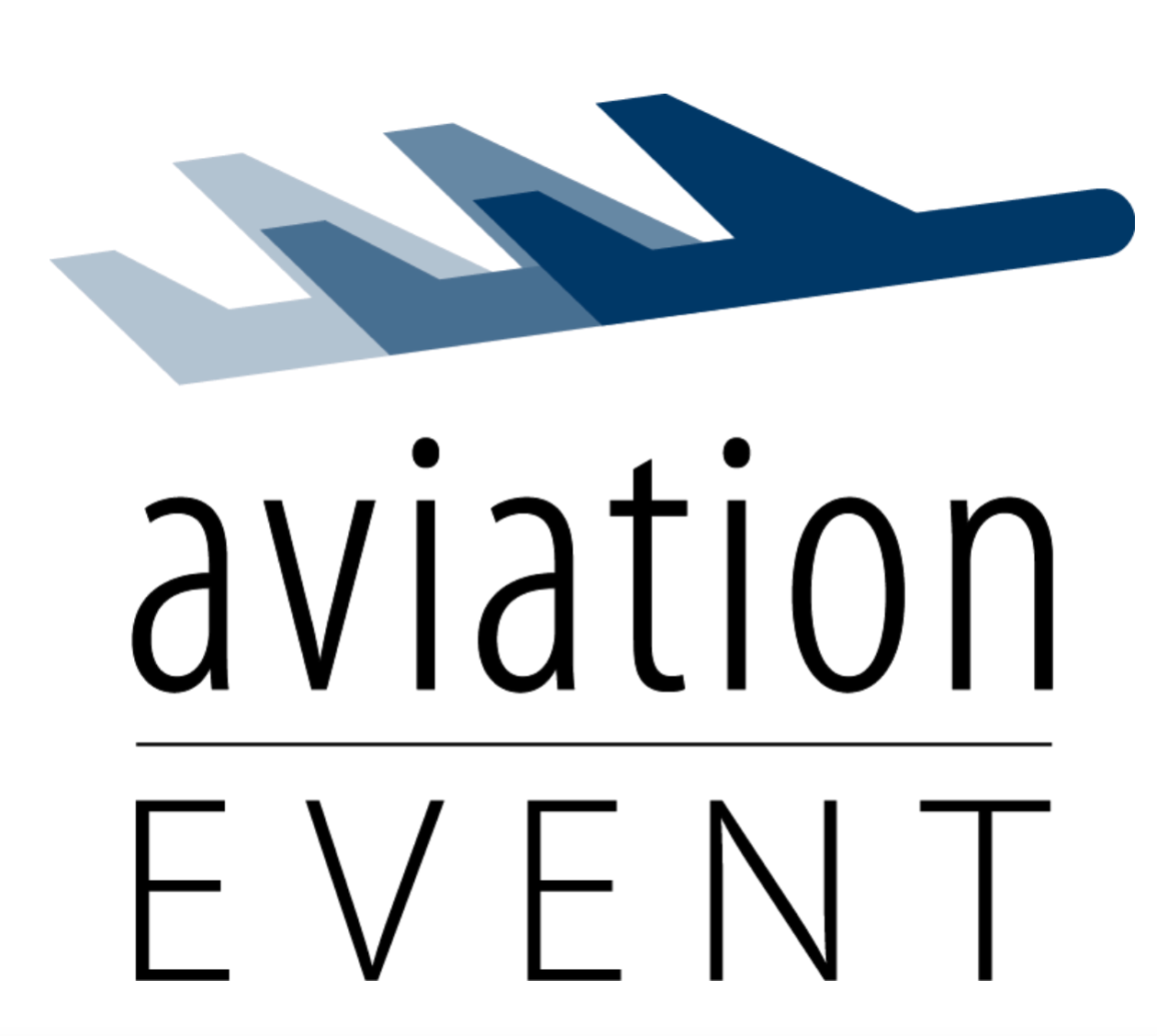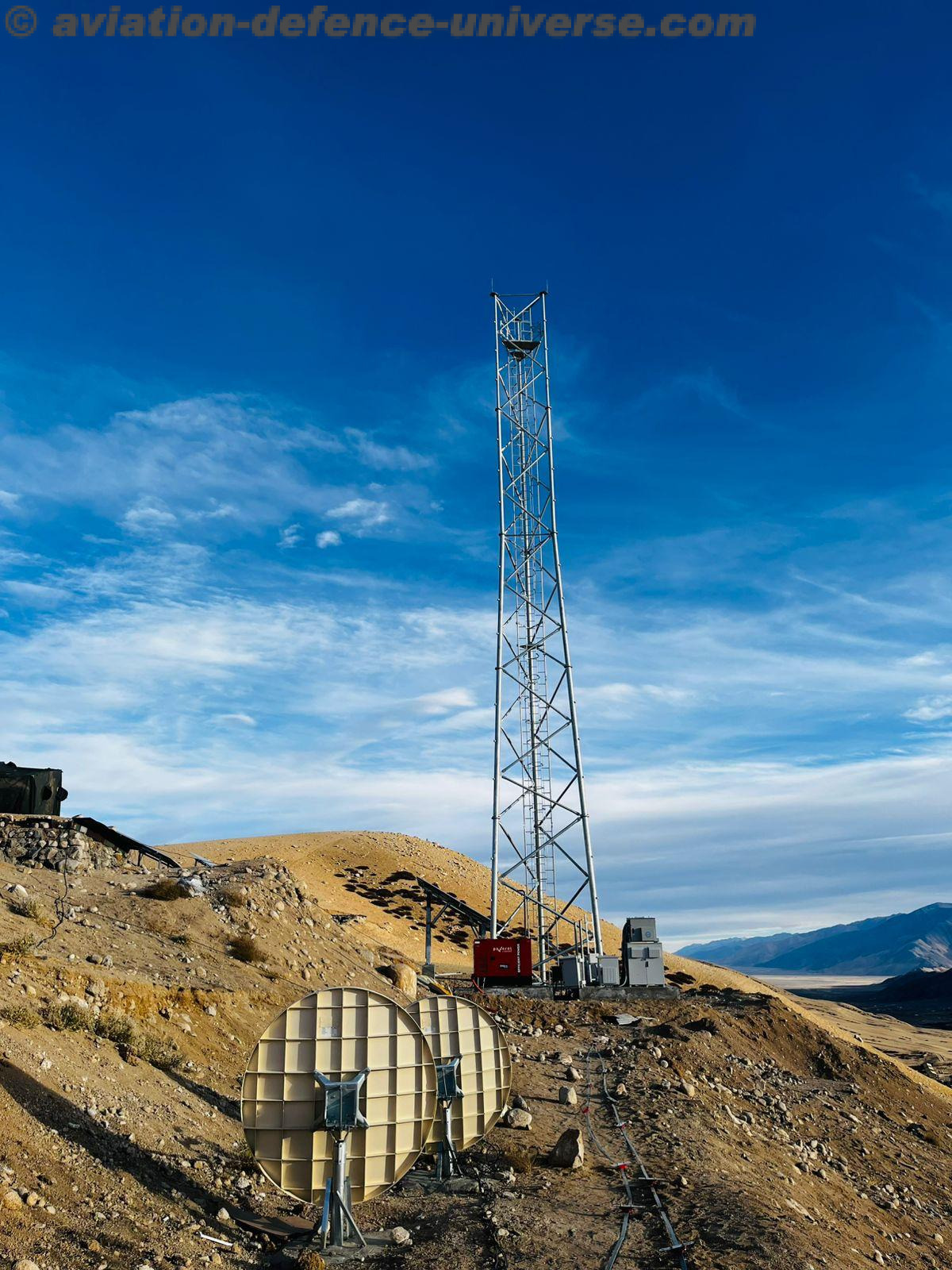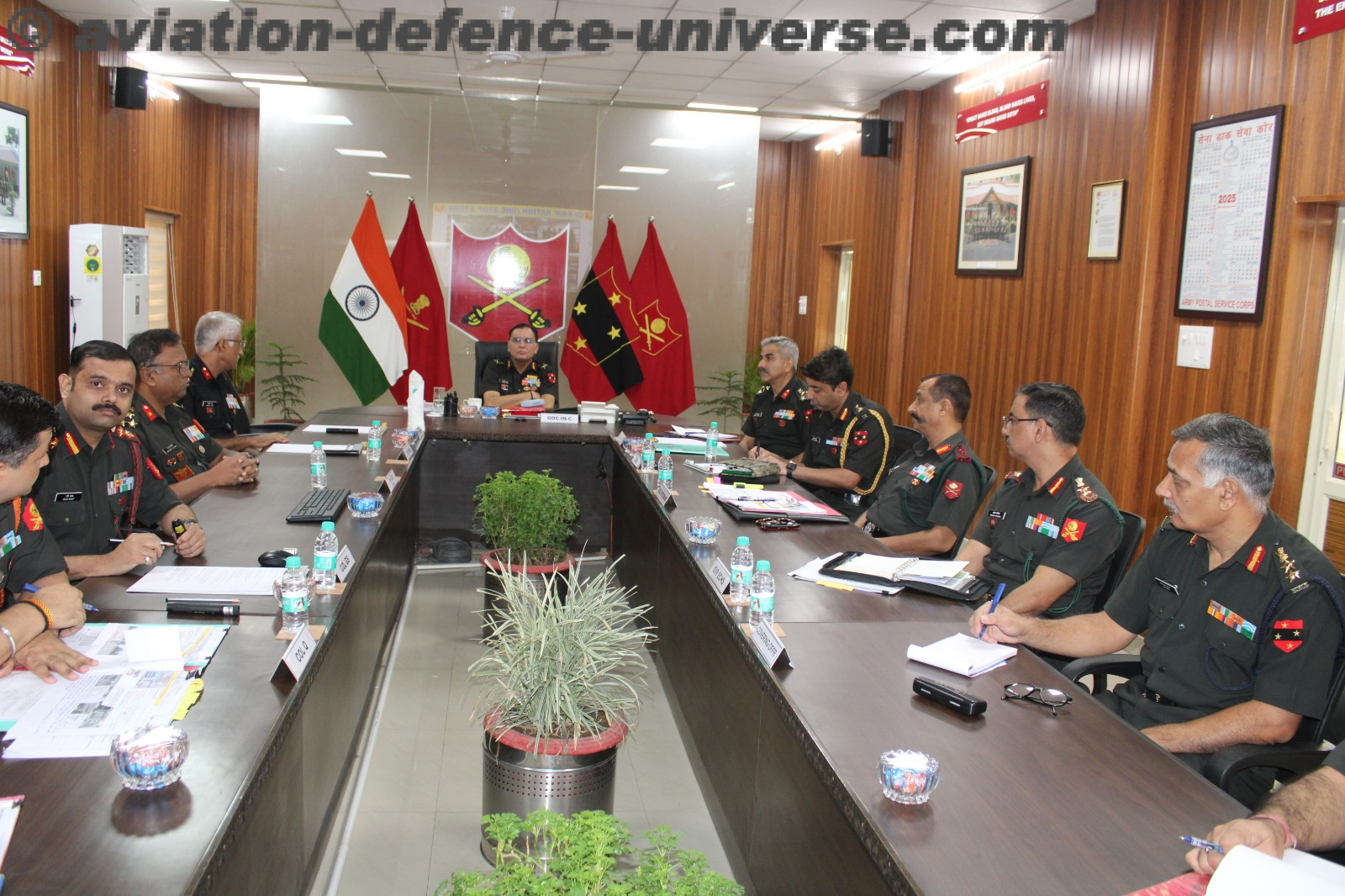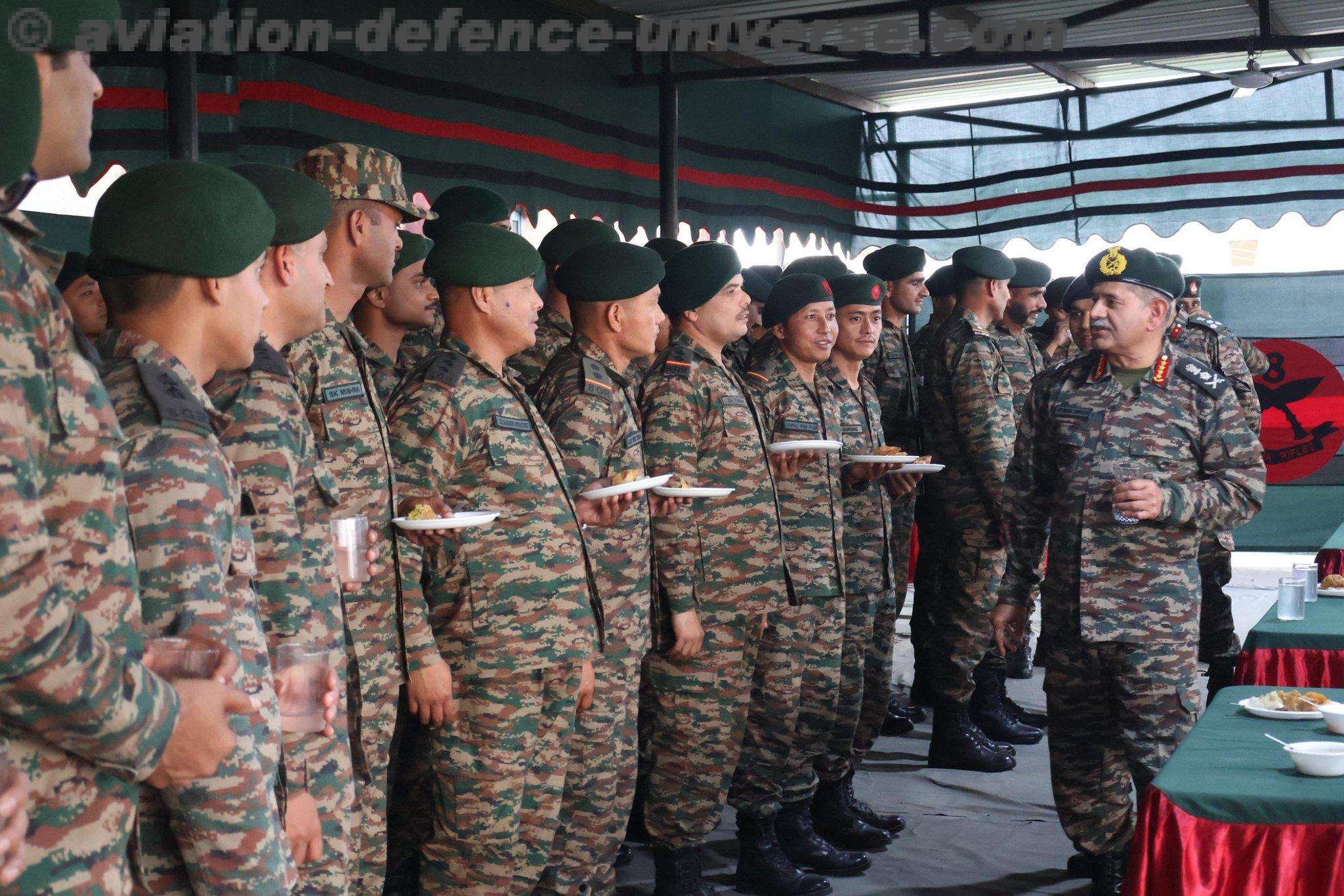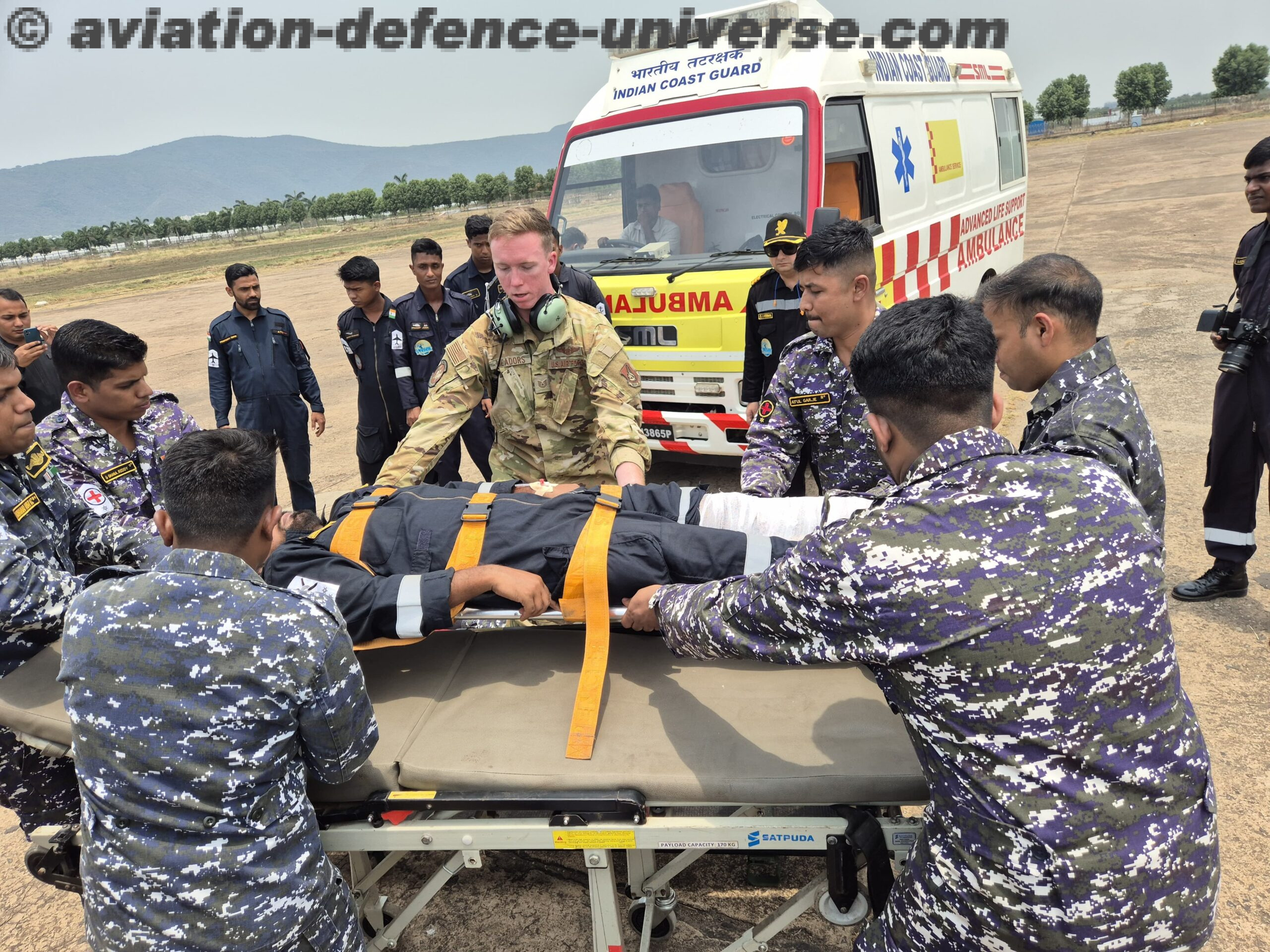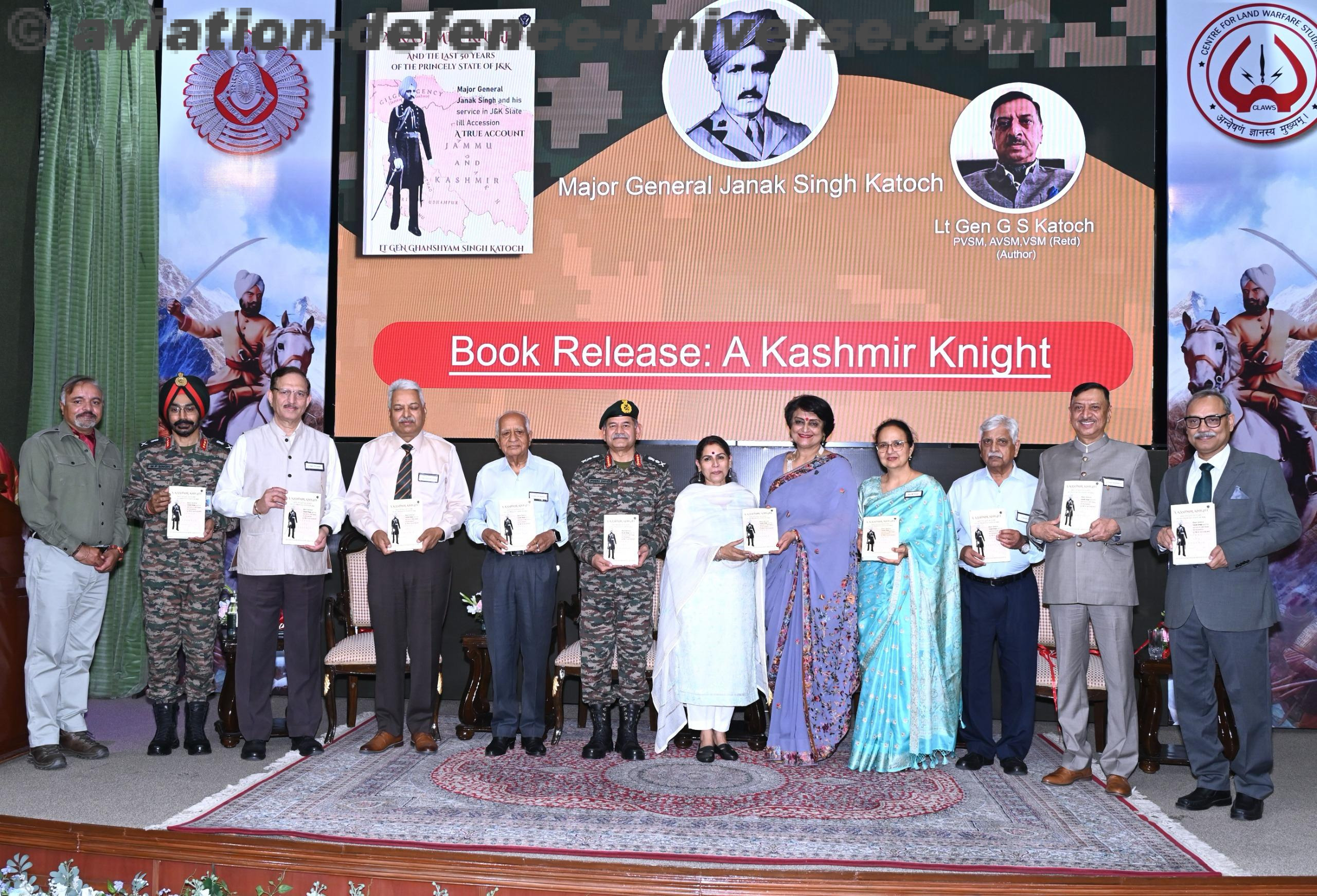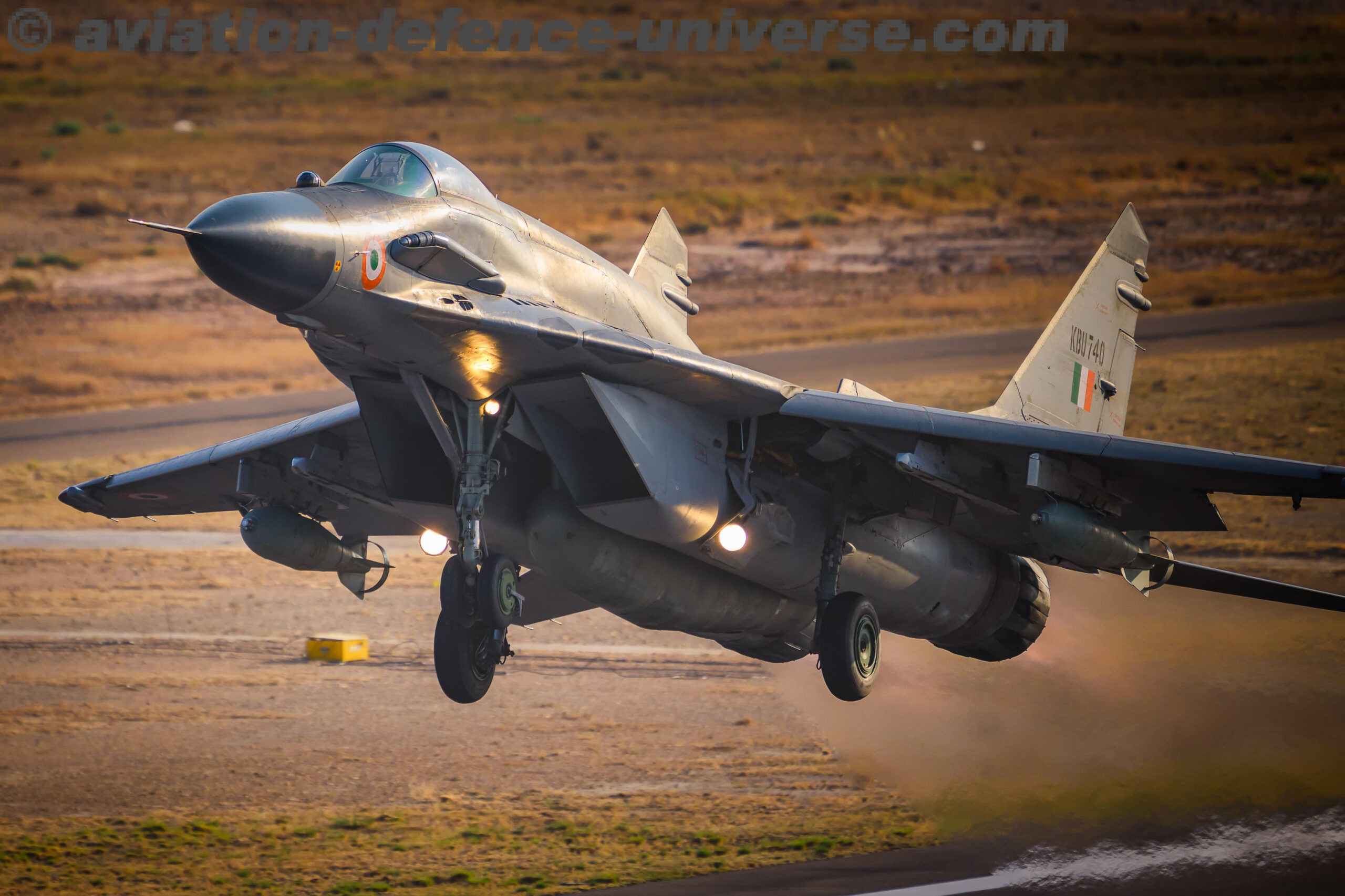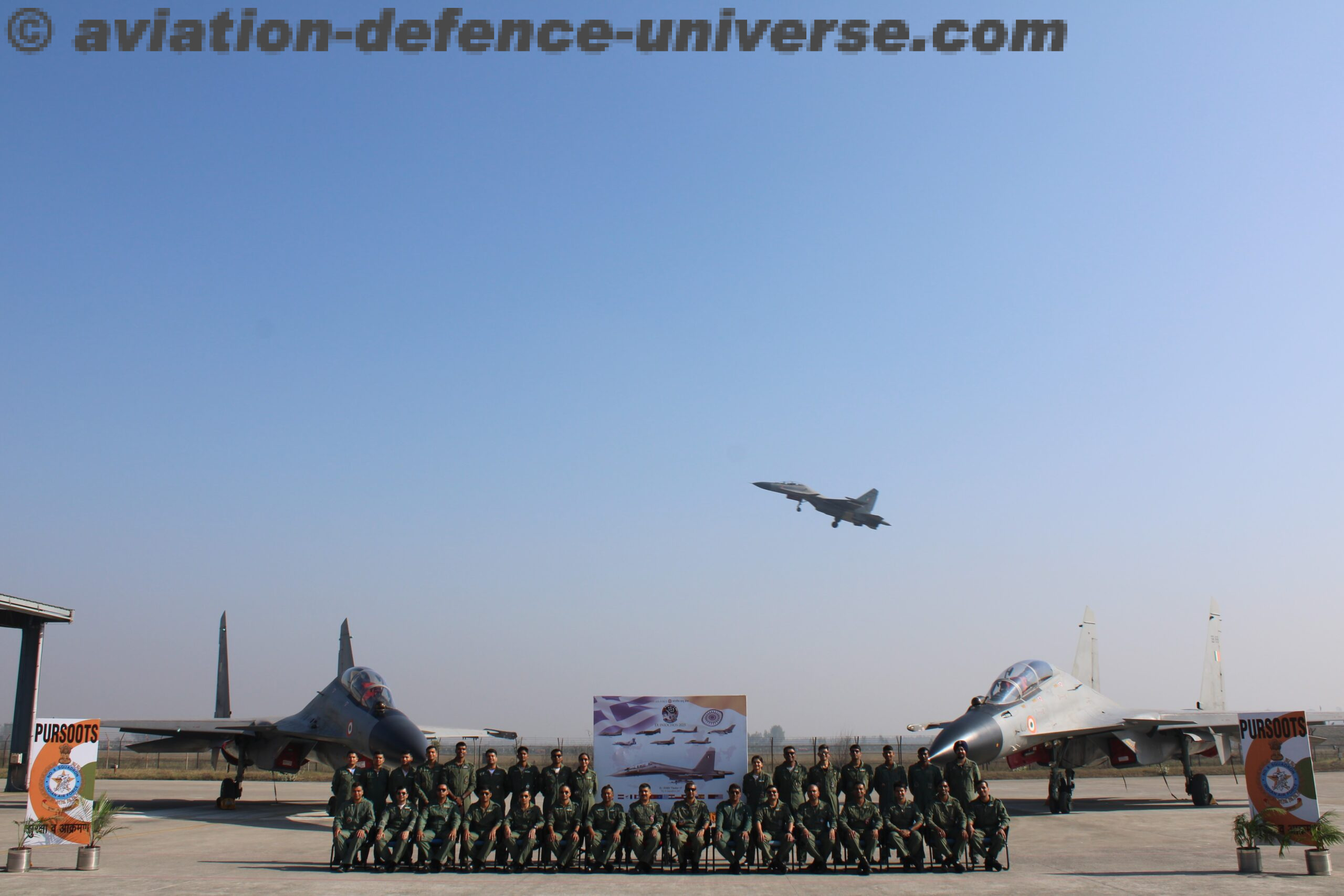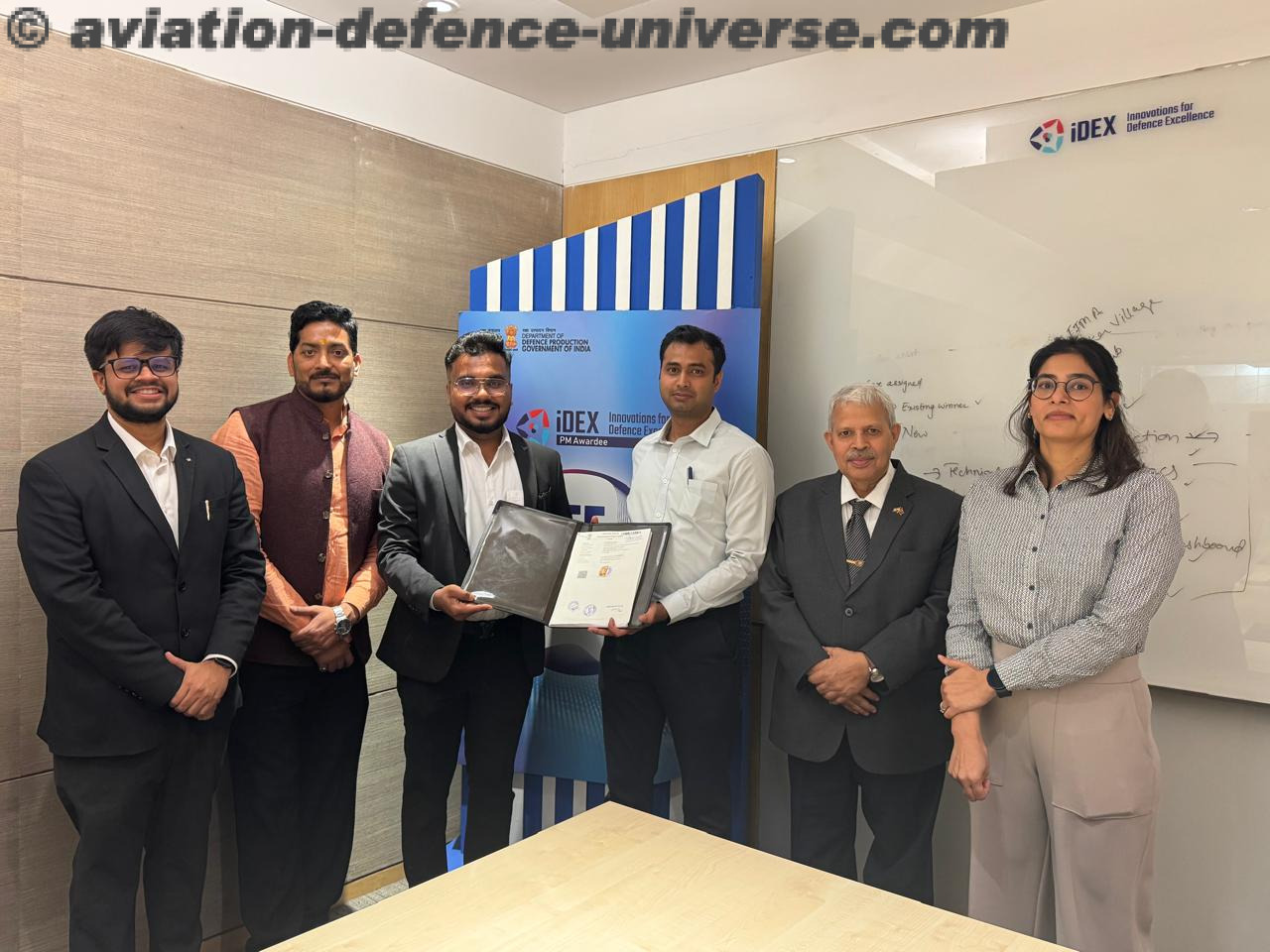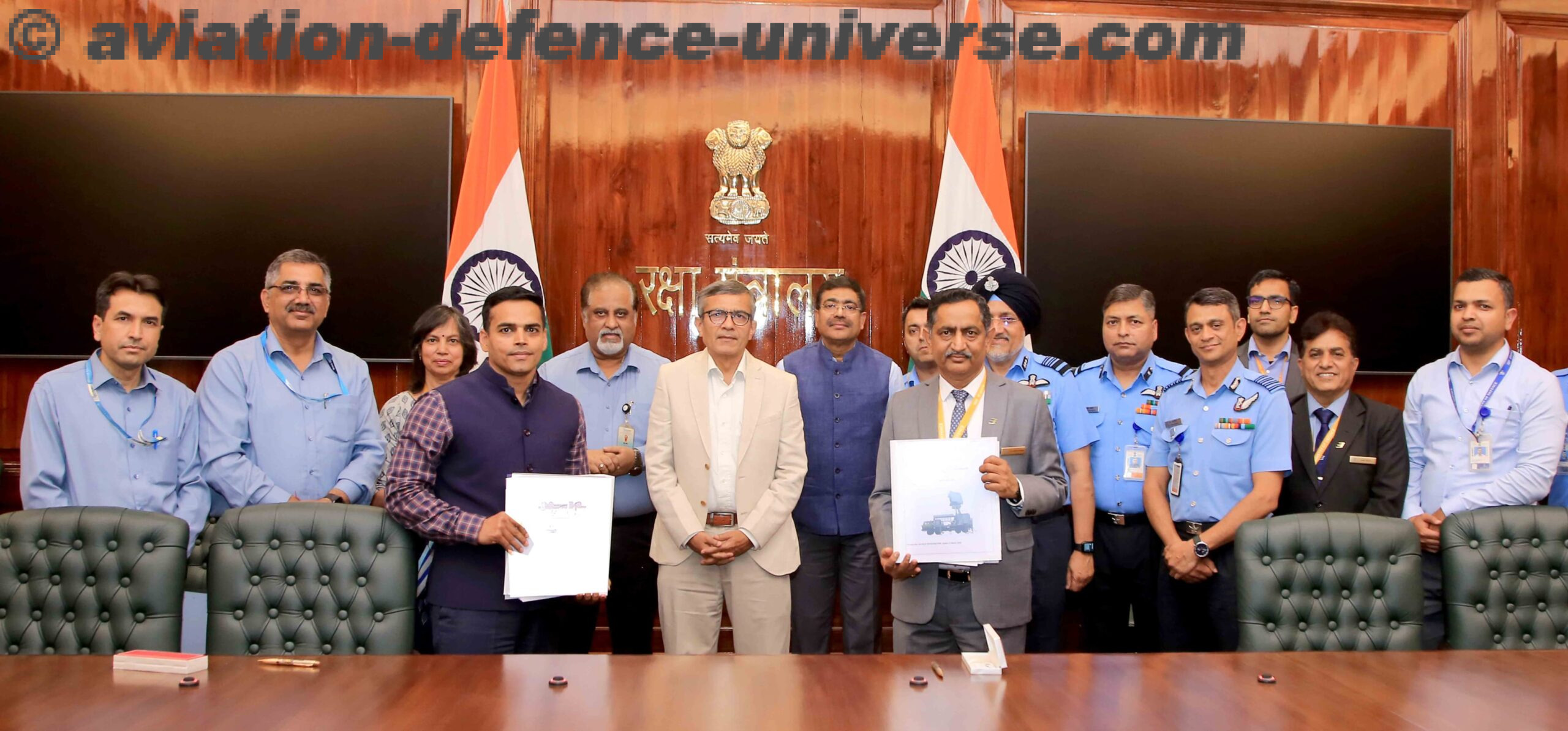- Editor ADU In Conversation with CMD Max Aerospace
New Delhi. 08 October 2024. Max Aerospace, a key player in India’s Maintenance, Repair, and Overhaul (MRO) sector, has been pivotal in supporting both civil and military aviation, with significant contributions to the Indian Air Force (IAF) since 1999. As the Indian MRO industry grows and aligns itself with the government’s ‘Atmanirbhar Bharat’ initiative, Max Aerospace which started on this journey of self reliance for the nation, much before, continues to invest in cutting-edge technology, fostering innovation, and strengthening global partnerships. In this exclusive interview, Bharat Malkani, Chairman and Managing Director (CMD) of Max Aerospace, shares insights into the company’s journey and its contributions towards keeping the IAF fleet fit to fly.
ADU. Max Aerospace has been a significant player in the MRO sector for both civil and military aviation. Can you share the company’s key contributions to the Indian Air Force (IAF) over the years?
BM. Max Aerospace has been India’s leading supplier of MRO Services, Goods as well as design and modification to the IAF since 1999. Till date Max Aero has delivered over 200 aircraft with multiple capabilities and modifications, the highest by any private Indian aerospace company. We intend to continue to build on this unique skill and contribute to the IAF for the coming decades. Our current portfolio moving ahead is built on technologies that have historically been denied to the IAF which we have developed and co-developed with our global partners and equip the IAF with some of the best and most contemporary systems in the world.
ADU. The Indian MRO industry has been growing, but challenges still exist. From your perspective, what are the main challenges that Indian MRO companies face in supporting the IAF?
BM. In our humble opinion there is still a gap between dealing with Indian private companies and DPSU’s by the MoD. Indian private companies are in no manner compromised in capability or patriotism vis a vis any DPSU and can deliver the best technologies to the Indian armed forces. The Government has invested tens of thousands of crores in developing these DPSU companies, however, funding for the private sector is practically unavailable. This approach needs a paradigm shift and we are confident that the results will be extremely positive.
 ADU. Max Aerospace has been involved in both civil and military MRO operations. How do you balance these two sectors, and how does your military MRO business contribute to national defence?
ADU. Max Aerospace has been involved in both civil and military MRO operations. How do you balance these two sectors, and how does your military MRO business contribute to national defence?
BM. Aircraft MRO is what is it MRO. The fact that it is a Civil or Military makes little difference in terms of methodology deployed in performing these tasks. So this is not a balance, this is complimentary.
ADU. With the ‘Atmanirbhar Bharat’ initiative gaining momentum, what steps is Max Aerospace taking to enhance self-reliance in military MRO services for the IAF?
BM. Max Aero is investing heavily in technology and constructing multiple greenfield facilities to ensure that the Atmanirbharata program of our Honorable Prime Minister Shree Narendra Modiji is a success. These are backed with over 30 years of inhouse R&D and combined 500 years of the collective knowledge of our engineers many of whom are rated the best that India has produced.
ADU. What are some of the cutting-edge technologies and innovations that Max Aerospace is incorporating into its MRO services for military aircraft, particularly for the IAF?
BM. It is classified and not available for public domain.
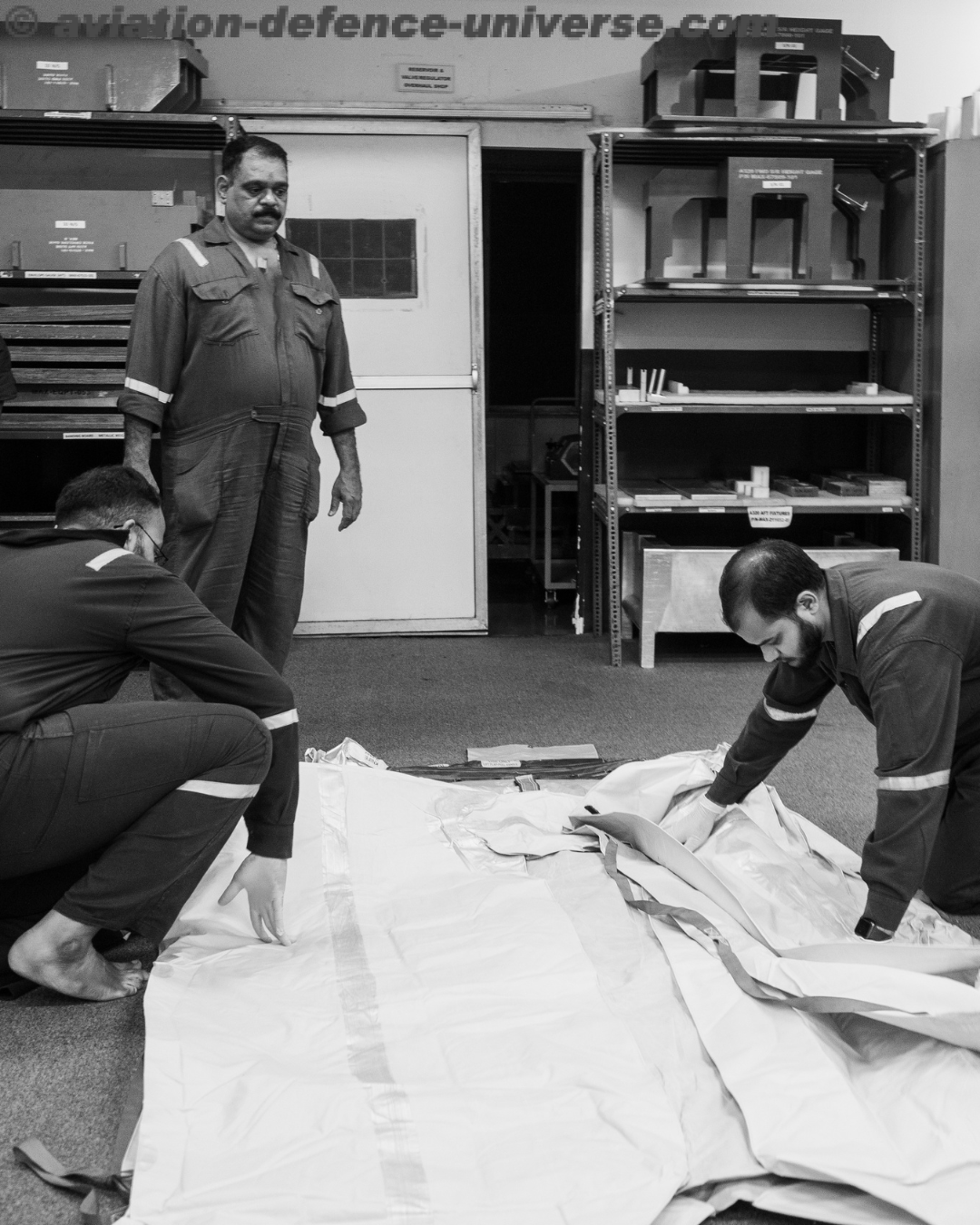 ADU. Can you elaborate on the kind of collaboration and partnerships Max Aerospace is exploring with global OEMs to strengthen its capabilities for military MRO services in India?
ADU. Can you elaborate on the kind of collaboration and partnerships Max Aerospace is exploring with global OEMs to strengthen its capabilities for military MRO services in India?
BM. Max Aerospace has over the past 30 years established itself as the ideal partner for all major global OEMs’. The process started in the early 2000 during the MMRCA program when it was signed as an Indian offset partner for the recently acquired Dassault Rafale! This is a legacy of the company and the same will continue as we move ahead. We have always been able to work closely with all our OEMs’ and integrate their knowledge and work methodology in our final deliverables to the user.
ADU. As we celebrate Indian Air Force Day, what are the strategic goals Max Aerospace has set for the future to further contribute to the operational readiness of the IAF?
BM. Max Aero will continue to serve the IAF with all its capabilities on Air Force Day and every other day.
ADU. How does Max Aerospace contribute to reducing the operational costs of the IAF by extending the life of existing fleets through effective MRO services?
BM. This is a process that we are now rolling out, so that the various types of aircraft in the IAF, including fighters, helicopters and transporters are discussed individually and we explain our capabilities to maintain, repair and overhaul them individually, wherein we replace certain MRO requirements historically done abroad. The process is ongoing and the benefits to the IAF are substantial.
ADU. What role does Max Aerospace play in training and skill development to ensure that India has a capable workforce for its defence MRO sector, and how does this align with the ‘Skill India’ initiative?
BM. Max Aero runs an effective training program in conjunction with AME schools in India. We are also in talks with the OEMs’ to help setup a major Skill Development program in India to cater to the demand for additional workforce that is required from our expanding fleets.
As Max Aerospace solidifies its leadership in the MRO industry, the company’s commitment to strengthening the operational readiness of the Indian Air Force remains unwavering. By advancing self-reliance through investments in technology, partnerships with global OEMs, and skill development aligned with the ‘Skill India’ initiative, Max Aerospace is positioned to play a key role in India’s defence ecosystem for years to come. Bharat Malkani’s vision, underpinned by a focus on innovation and indigenization, ensures that the company will continue to support the IAF’s evolving needs in an increasingly self-reliant defence landscape.
As told to Sangeeta Saxena


